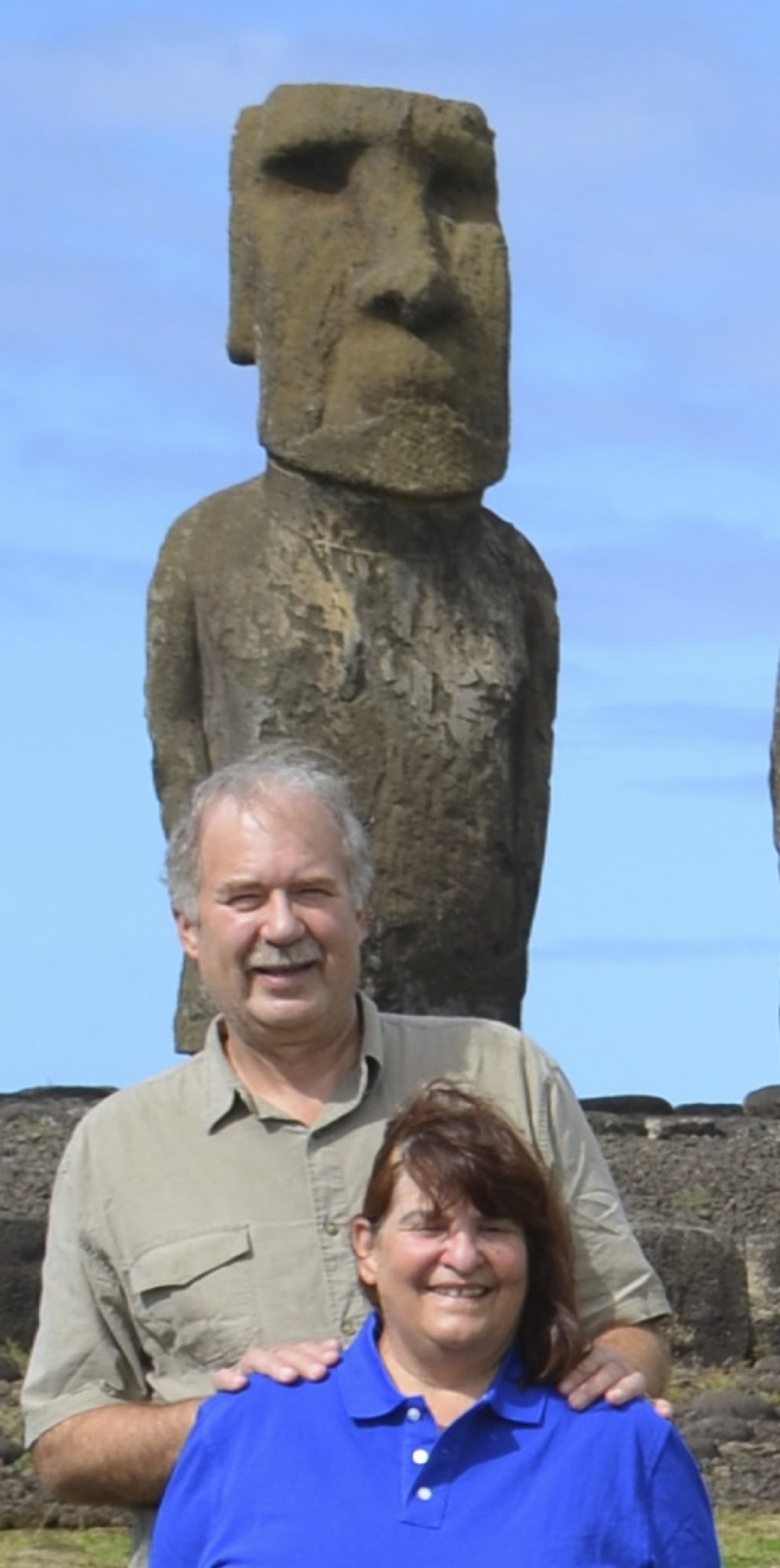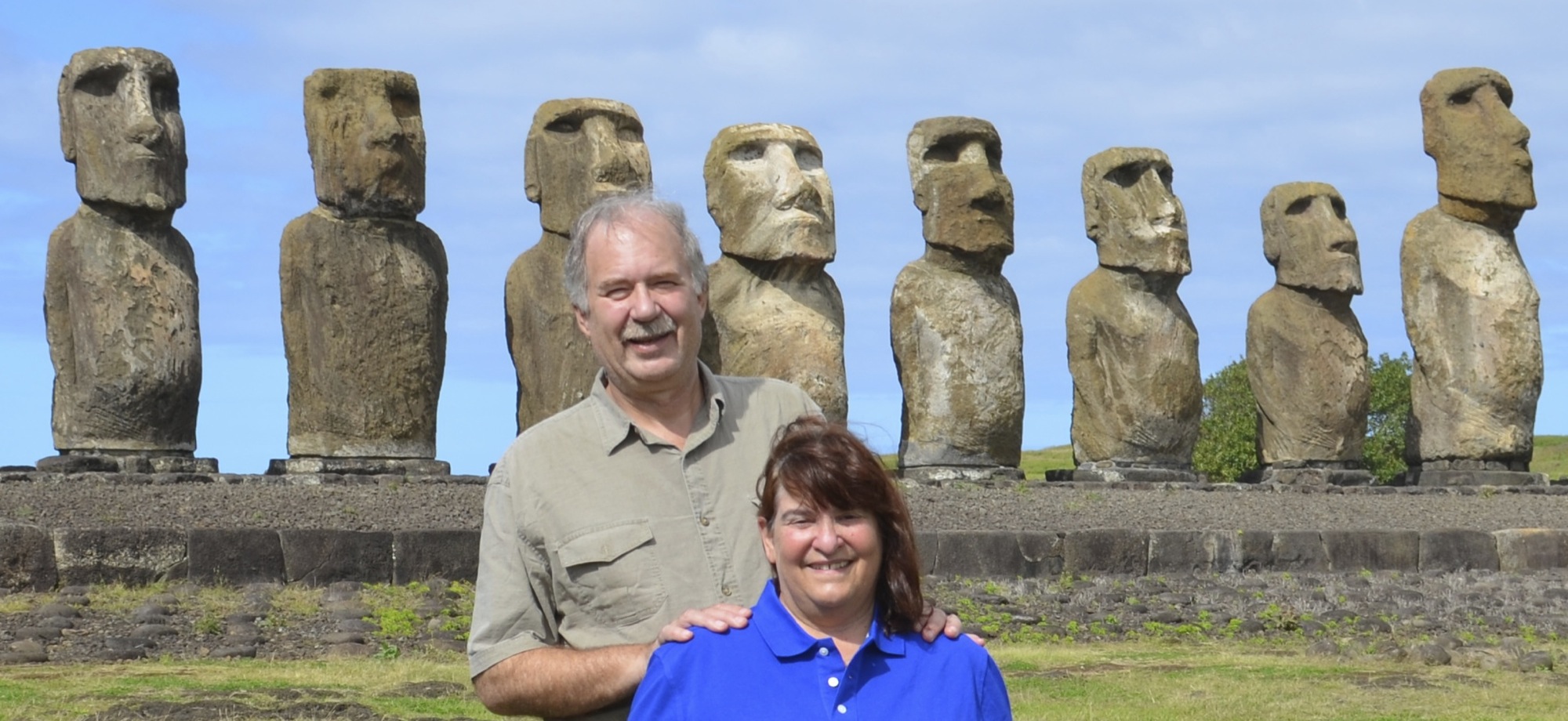Orongo Village Site
Orongo is the site of 53 stone dwellings that were once occupied by the Birdman cult of the Rapa Nui peoples. These dwellings are located next to the caldera at Rano Kau.
Orongo is the site of 53 stone dwellings that were once occupied by the Birdman cult of the Rapa Nui peoples. These dwellings are located next to the caldera at Rano Kau.
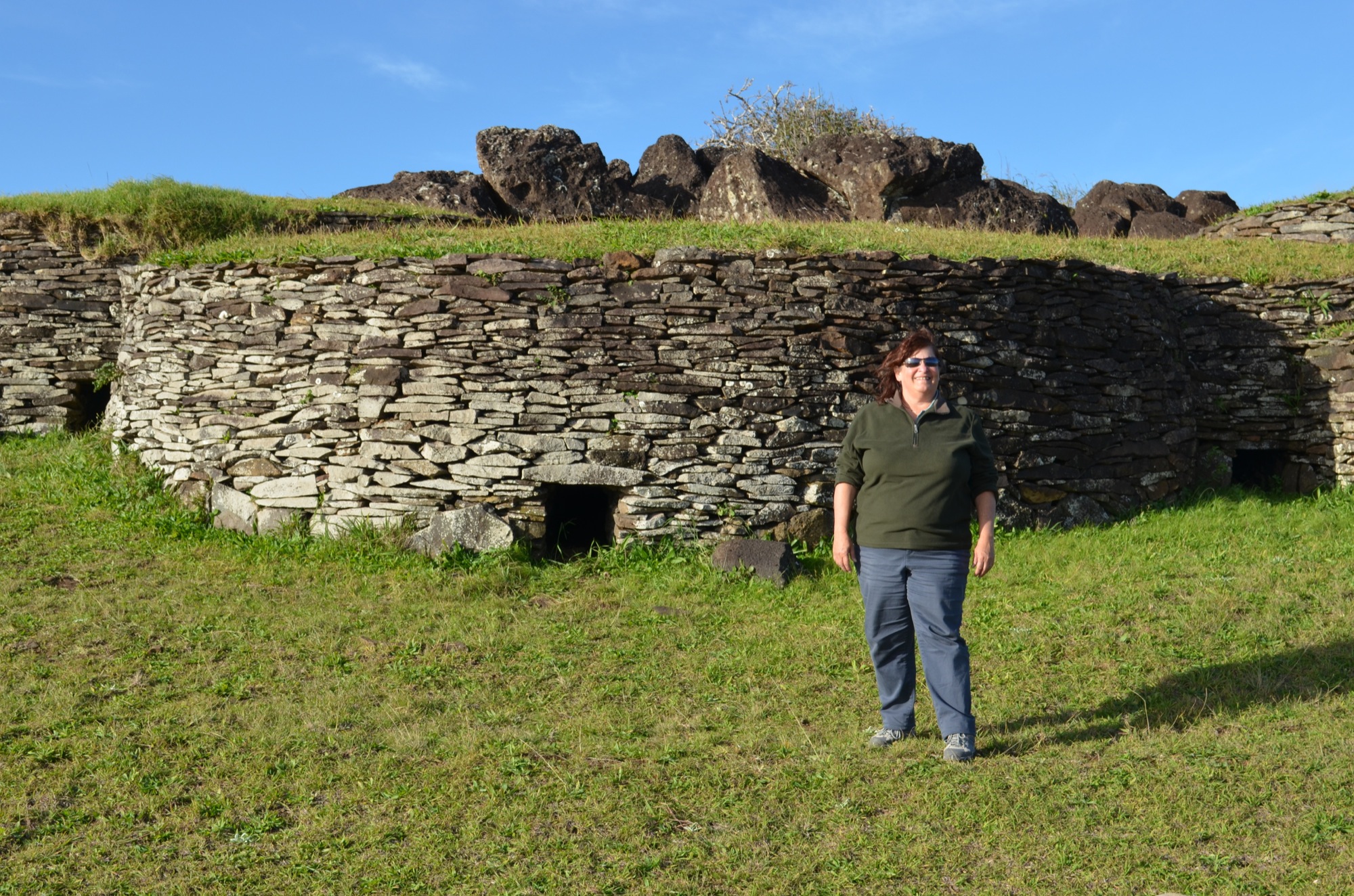
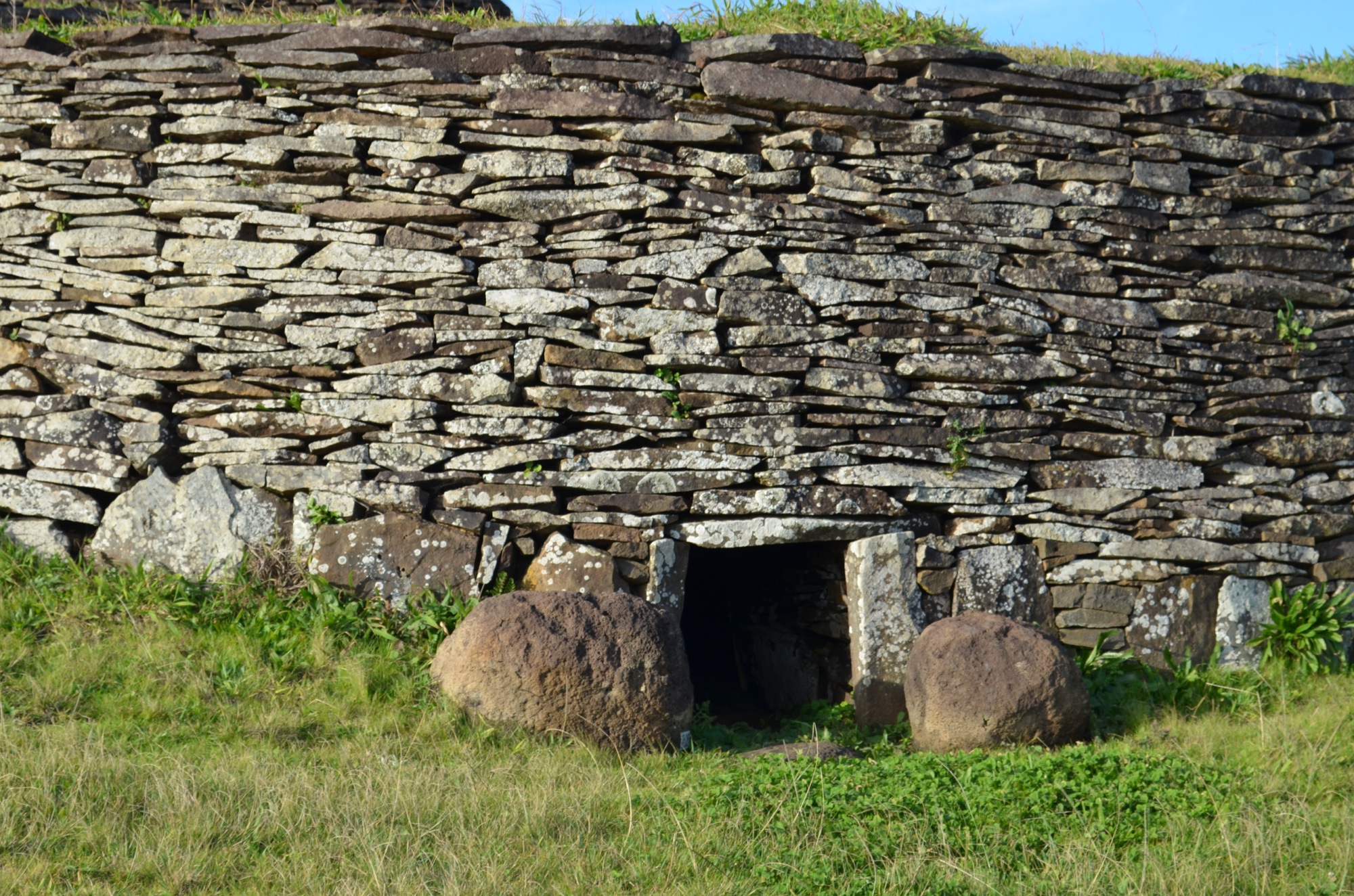
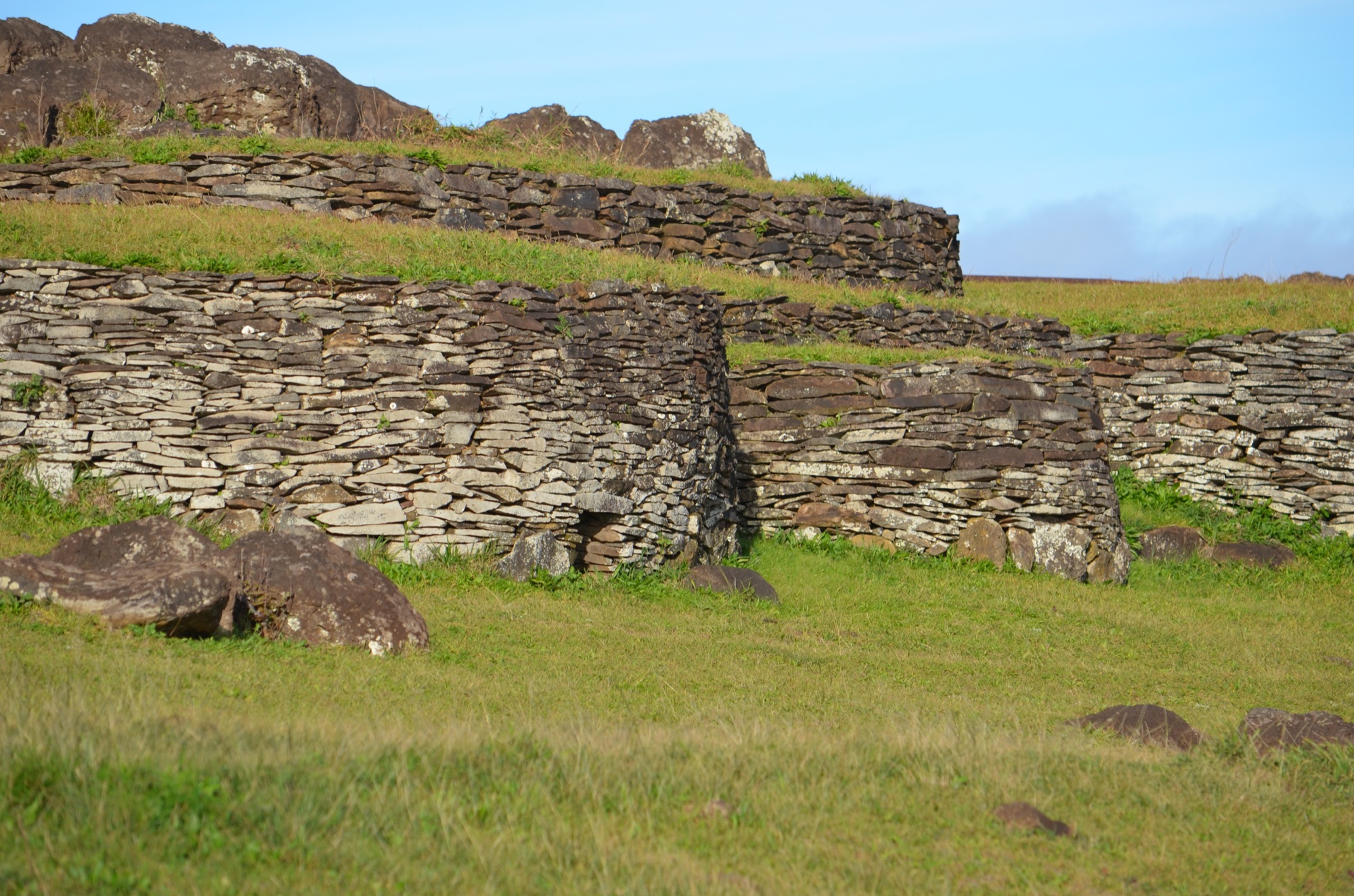
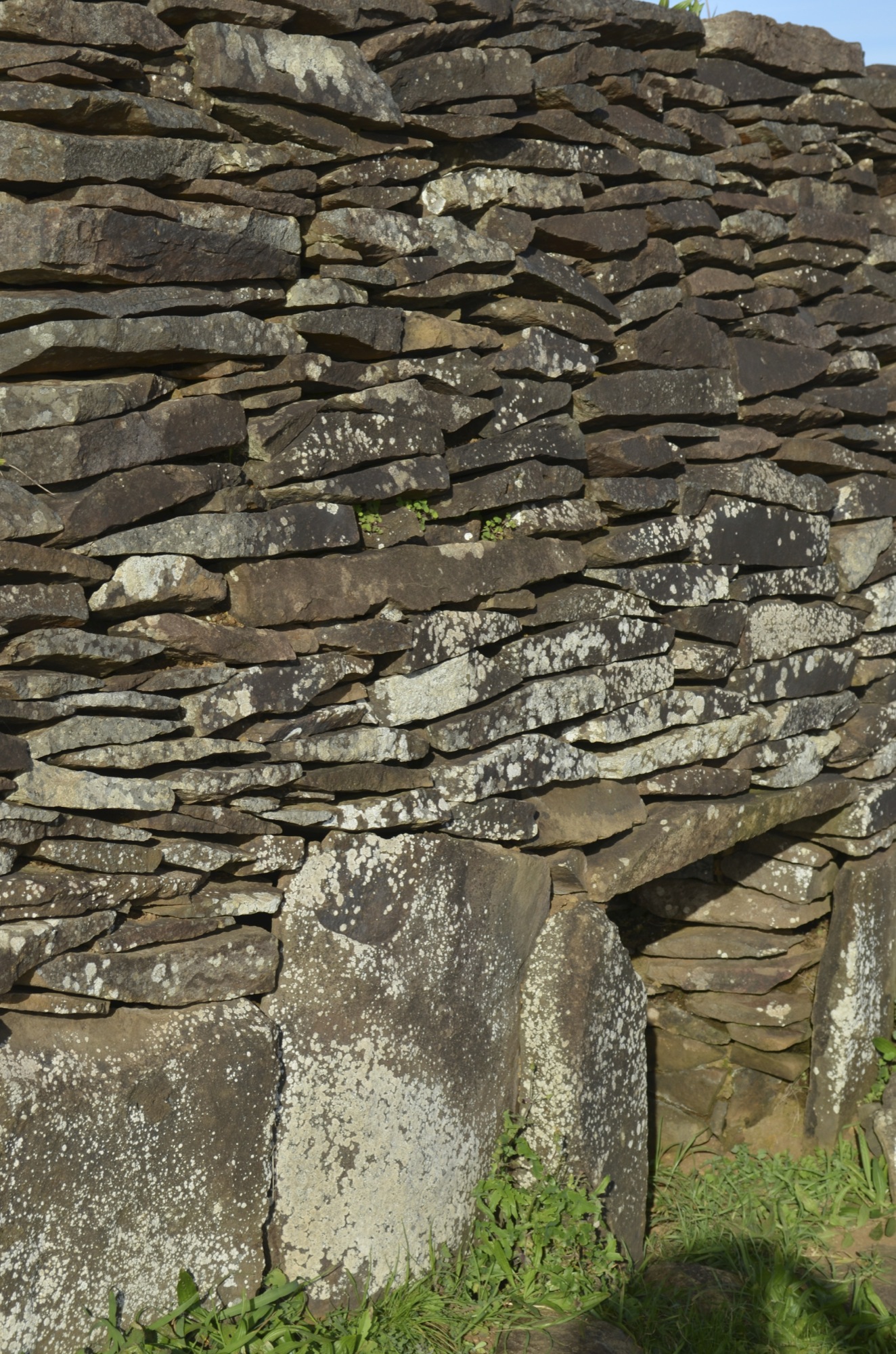
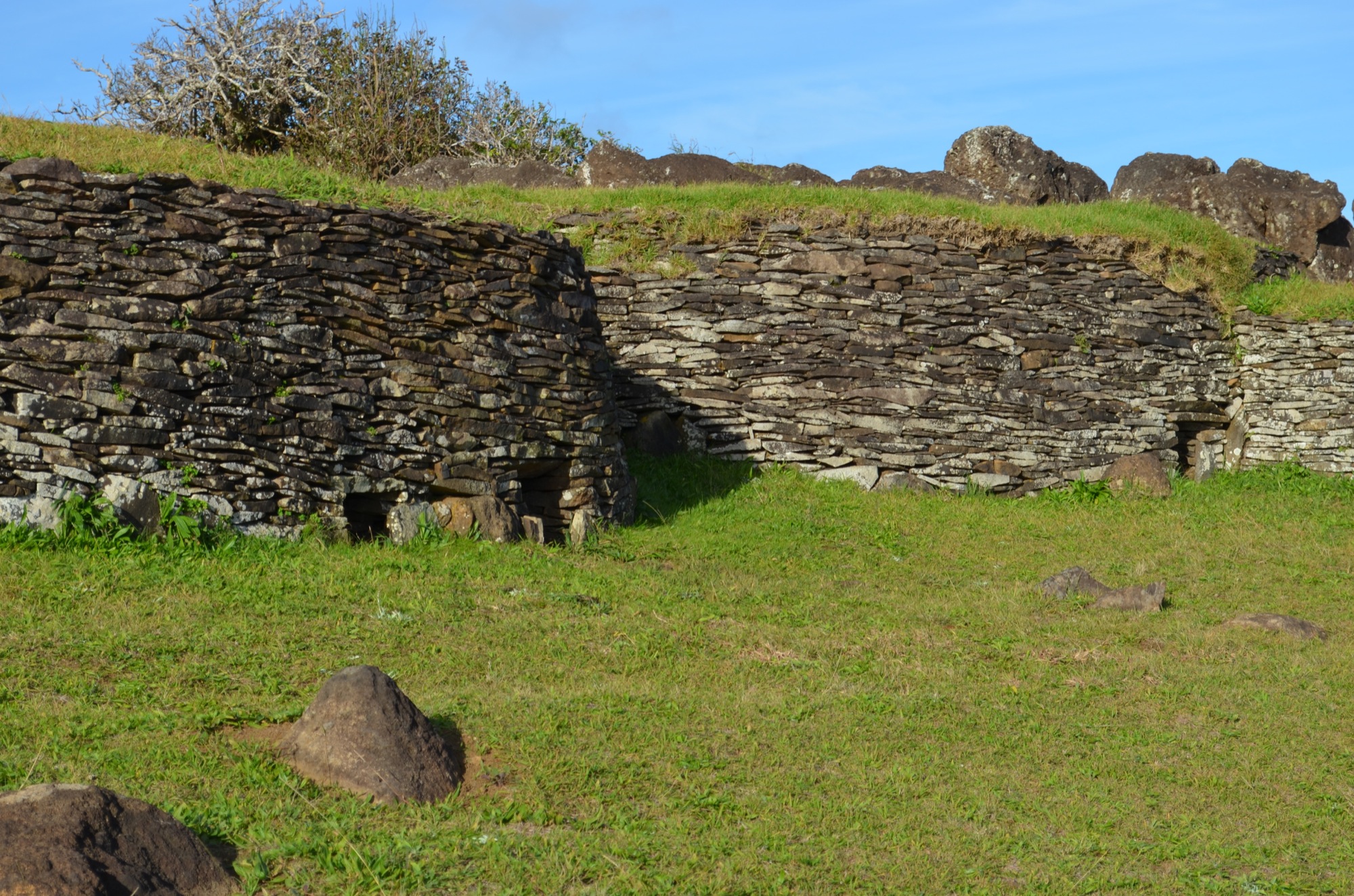
There were petroglyphs here and there all over the island. Many are barely visible due to erosion. They were often of birds or stylized images of Birdmen, winners of the annual ritualistic island competition.
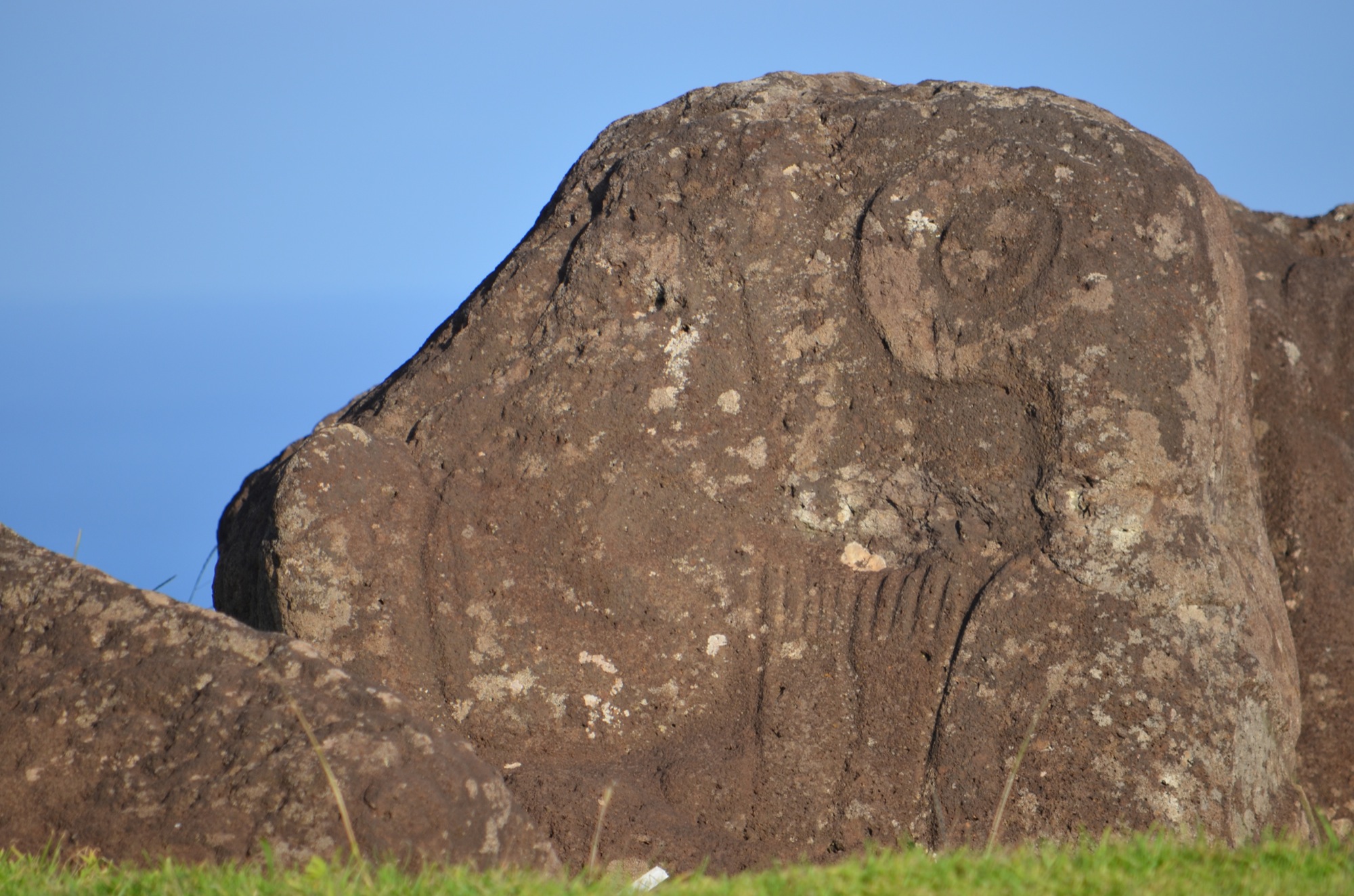
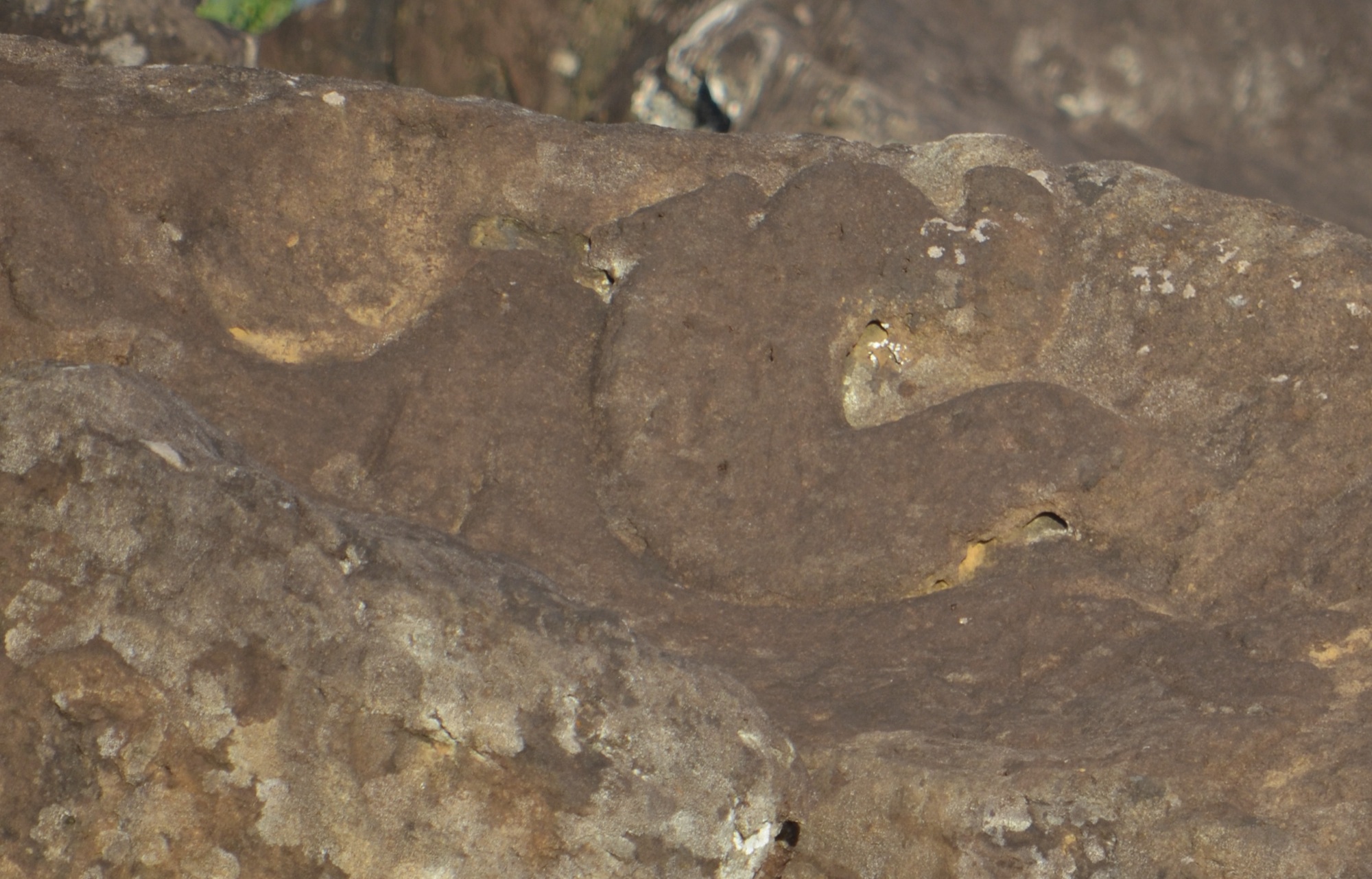
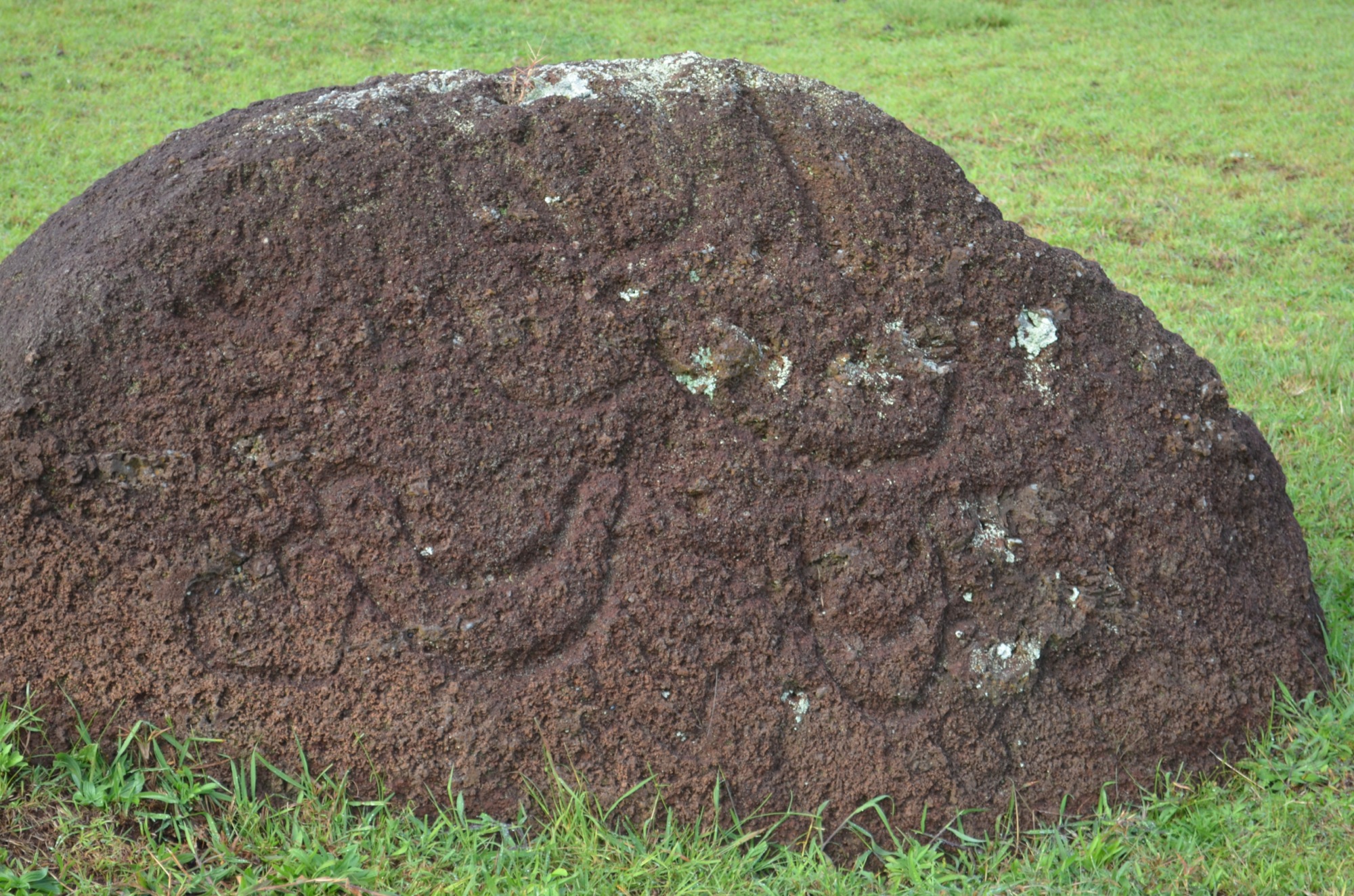
Ana Kai Tangata is known as the cannibal cave. It is located near a small bay and we had to descend a rocky trail to get to the entrance of the cave. There are some Birdman drawings on the upper walls of the cave. The cave is rumored to have been the site of ritualistic cannibalism by the Birdman cult.
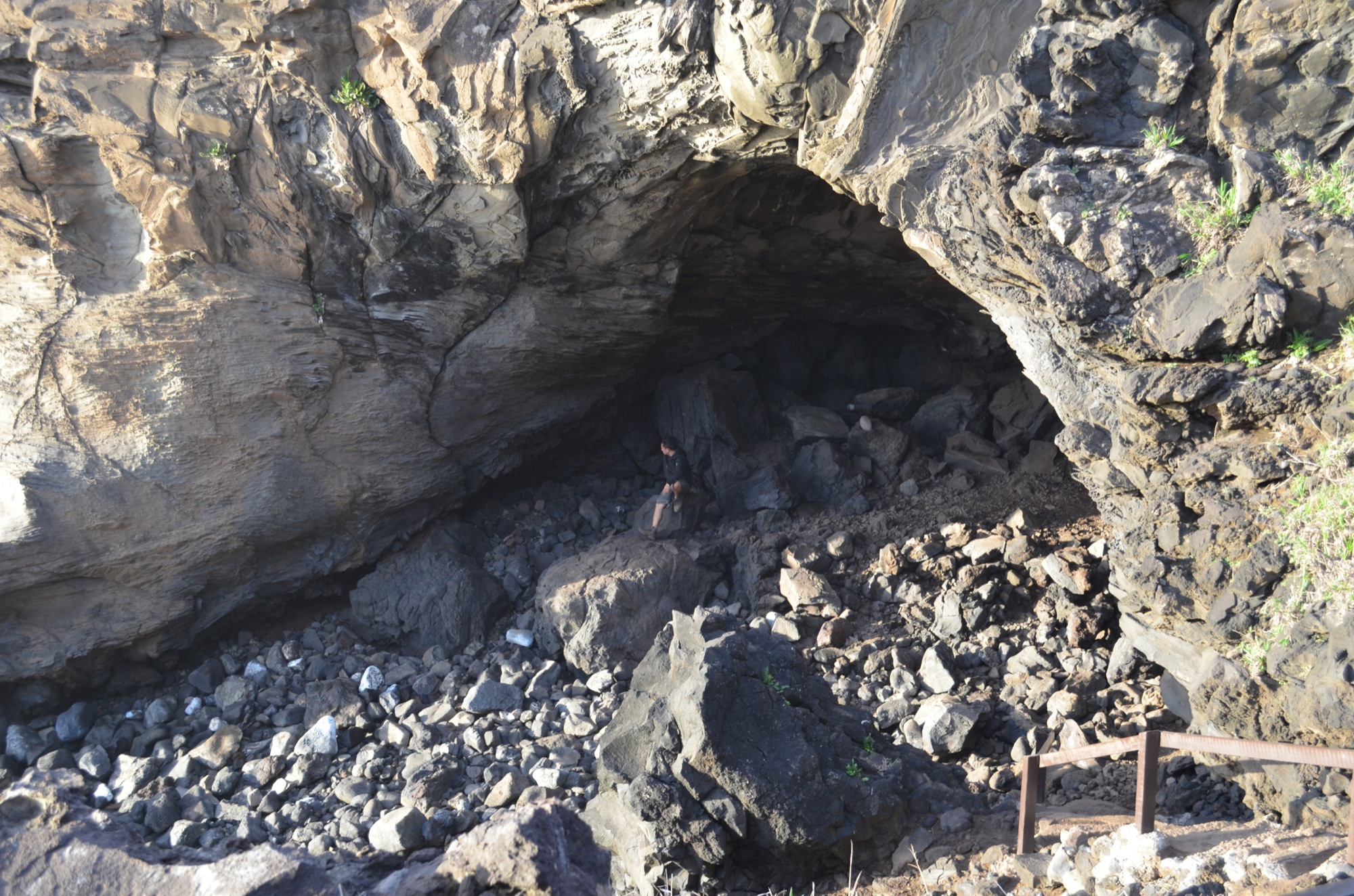
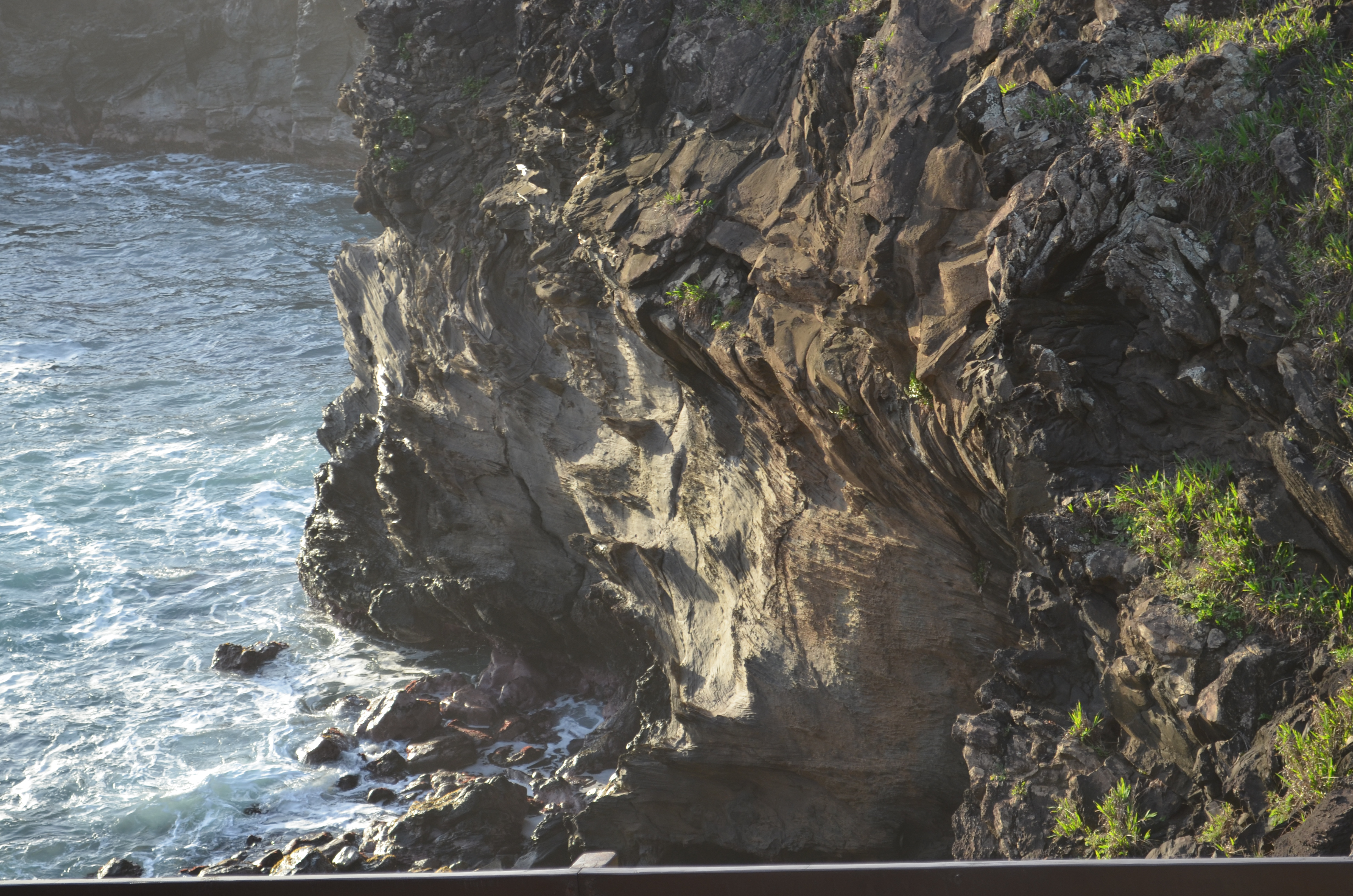
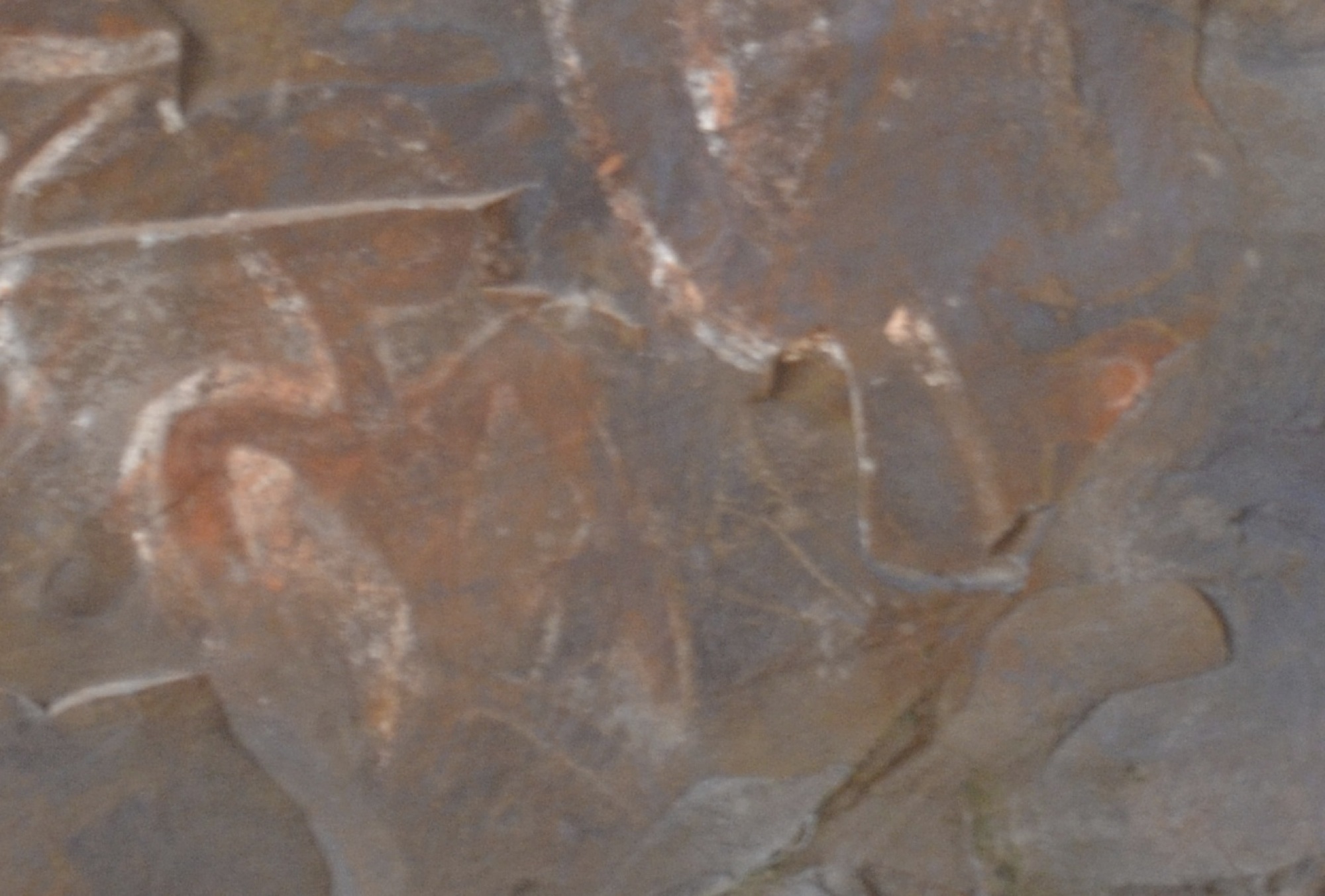
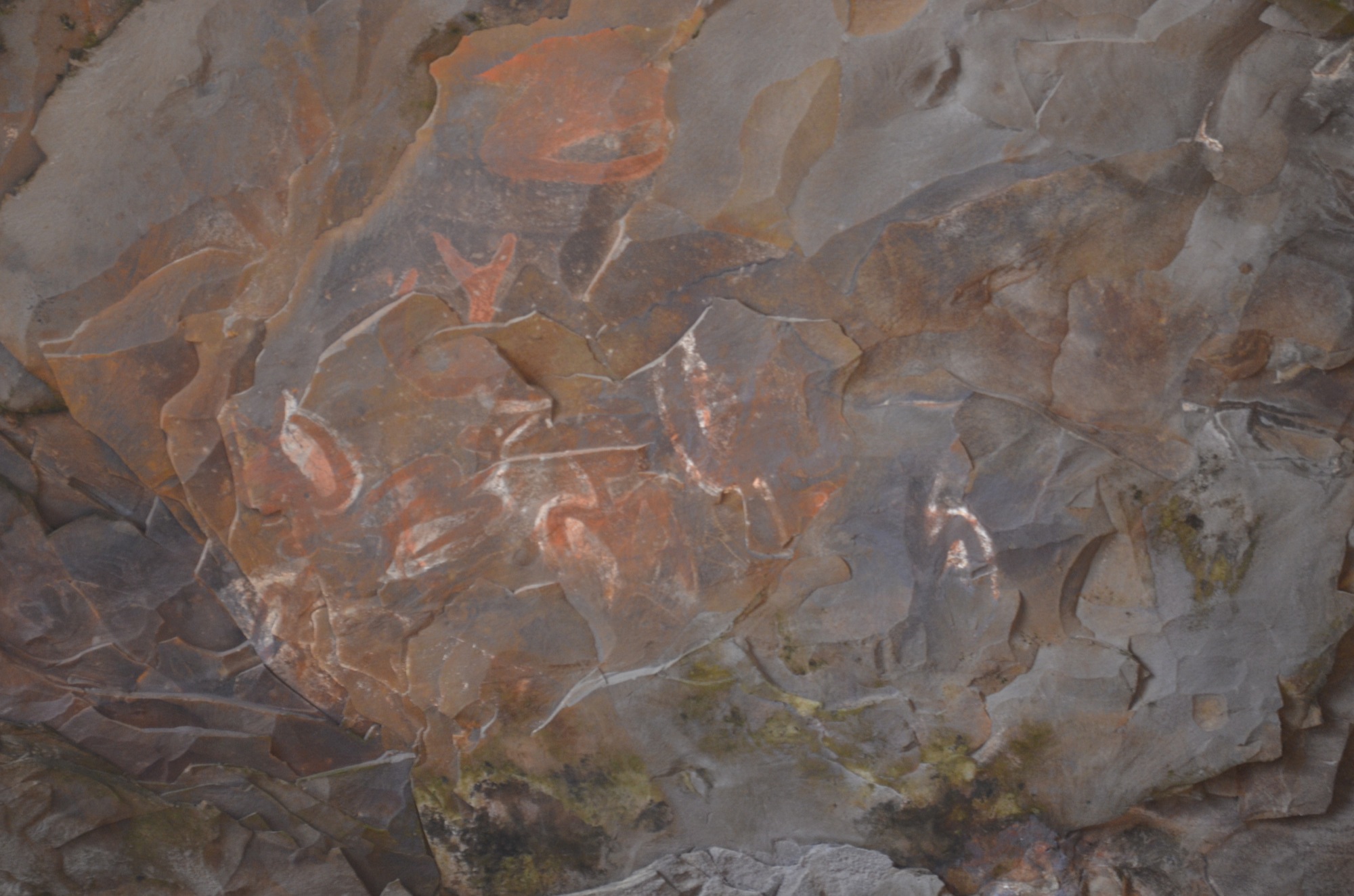
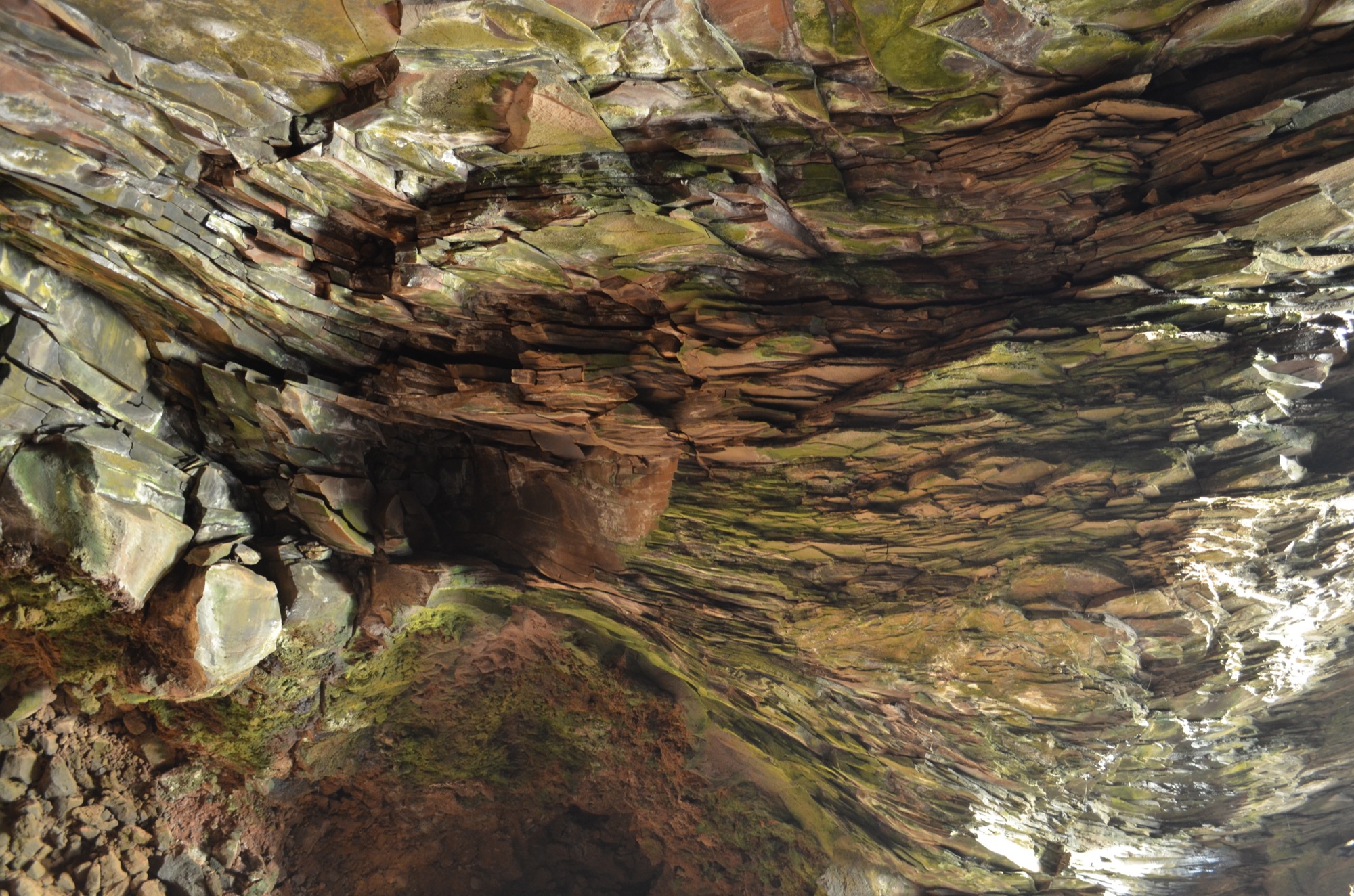
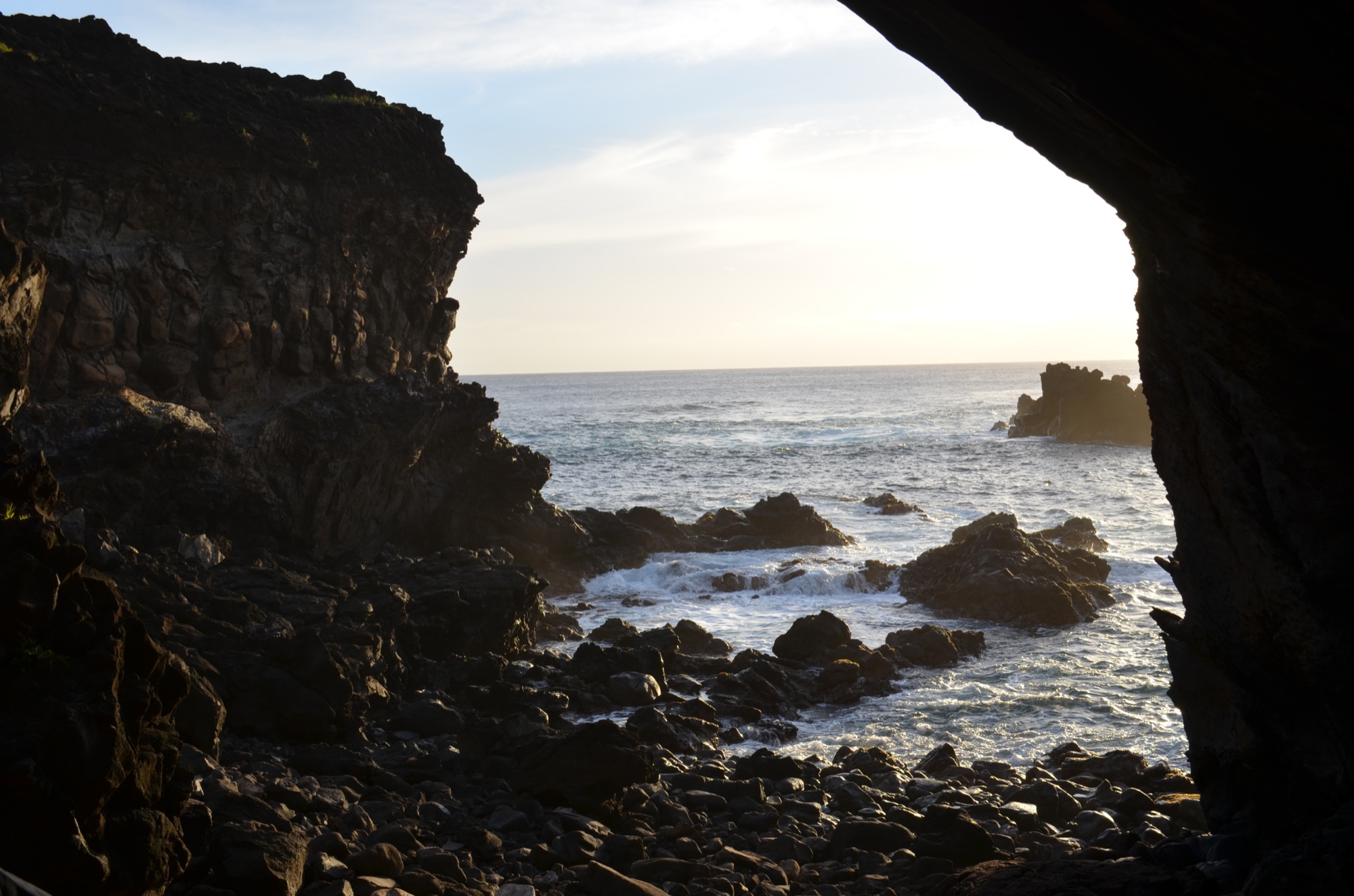
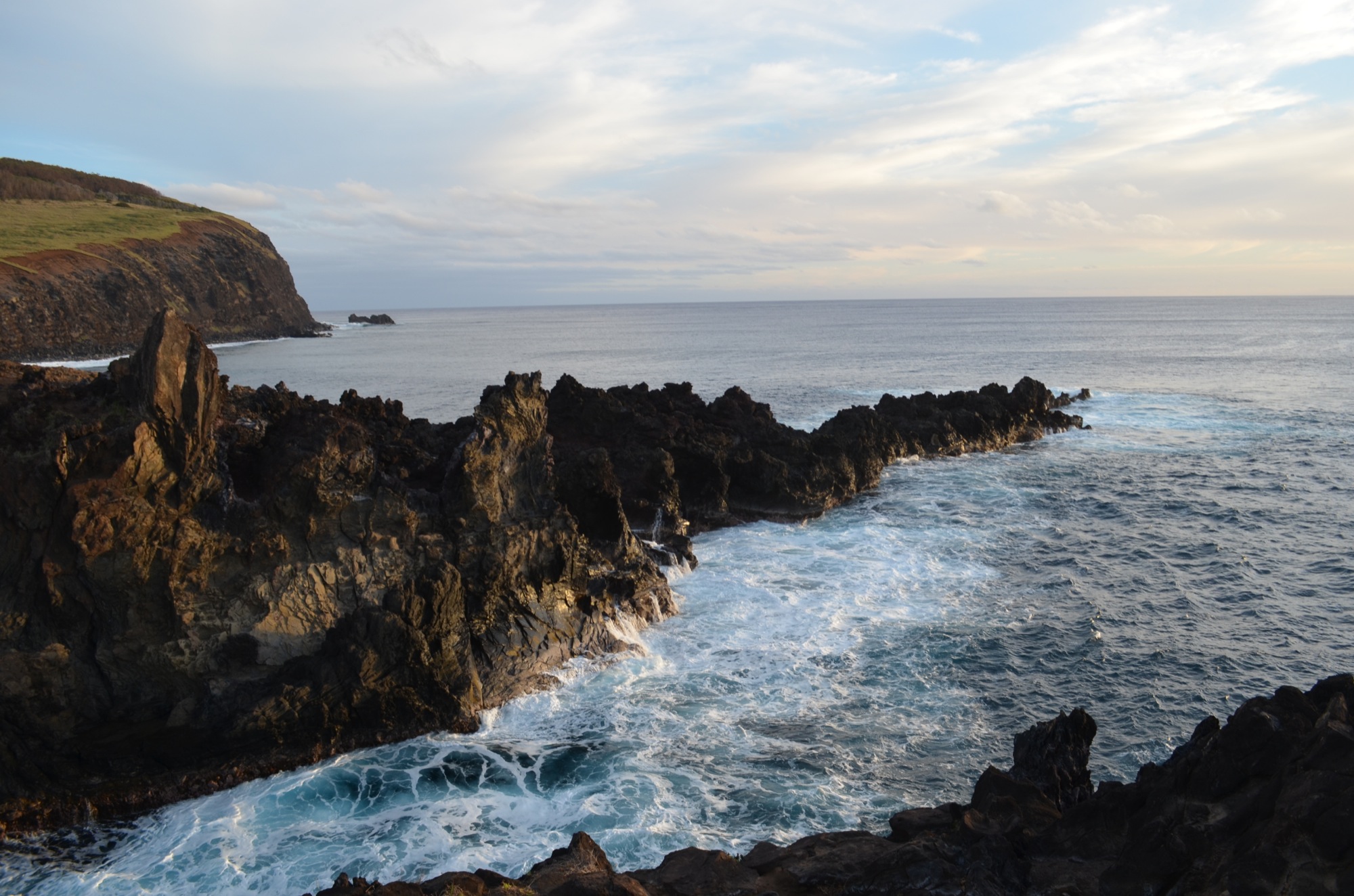
Rano Raraku is the site of the main stone quarry used for the carving of the moai statues. The surrounding area is like a moai graveyard. There are nearly 400 statues in the area.
Some moai were only partially carved, others appeared to be abandoned during transport from the quarry. Many are partially buried due to erosion. The statues were carved using hand held chisels made of basalt.
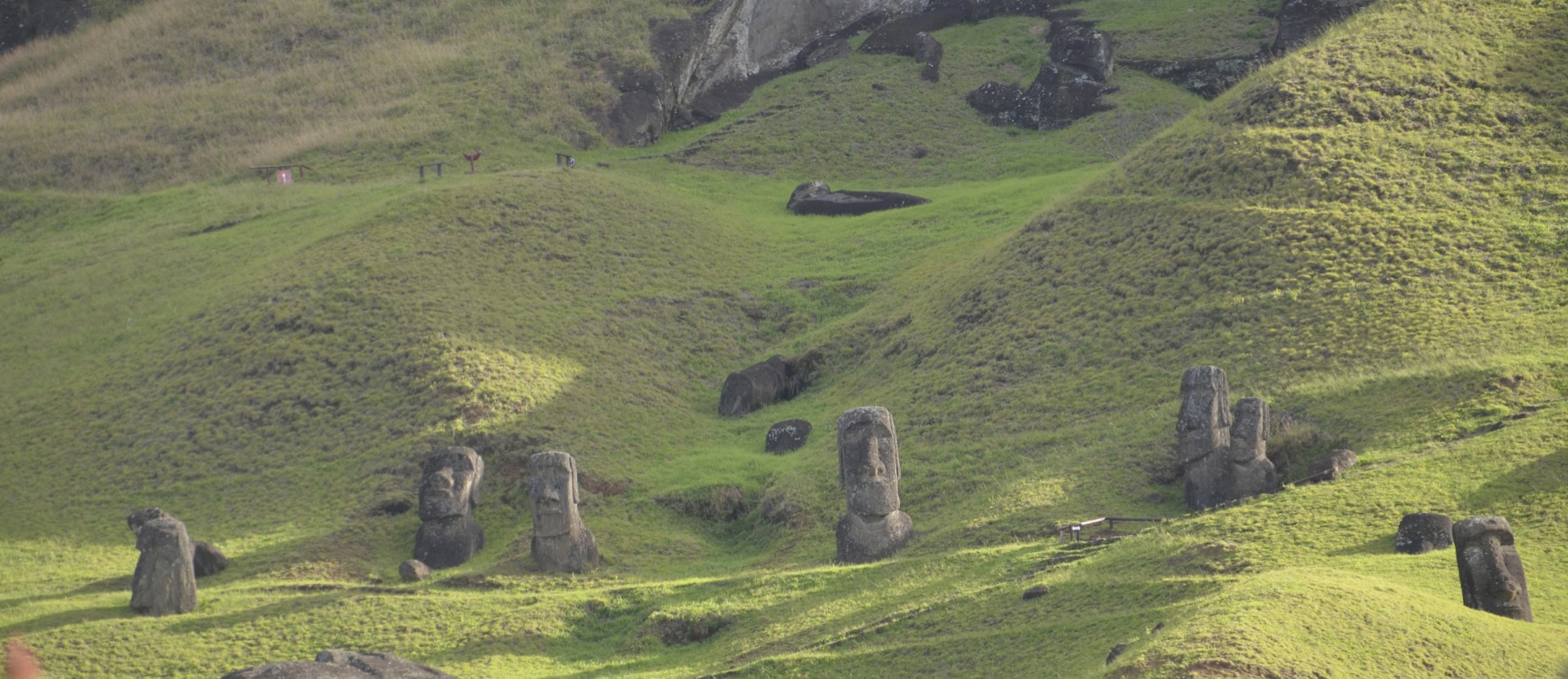
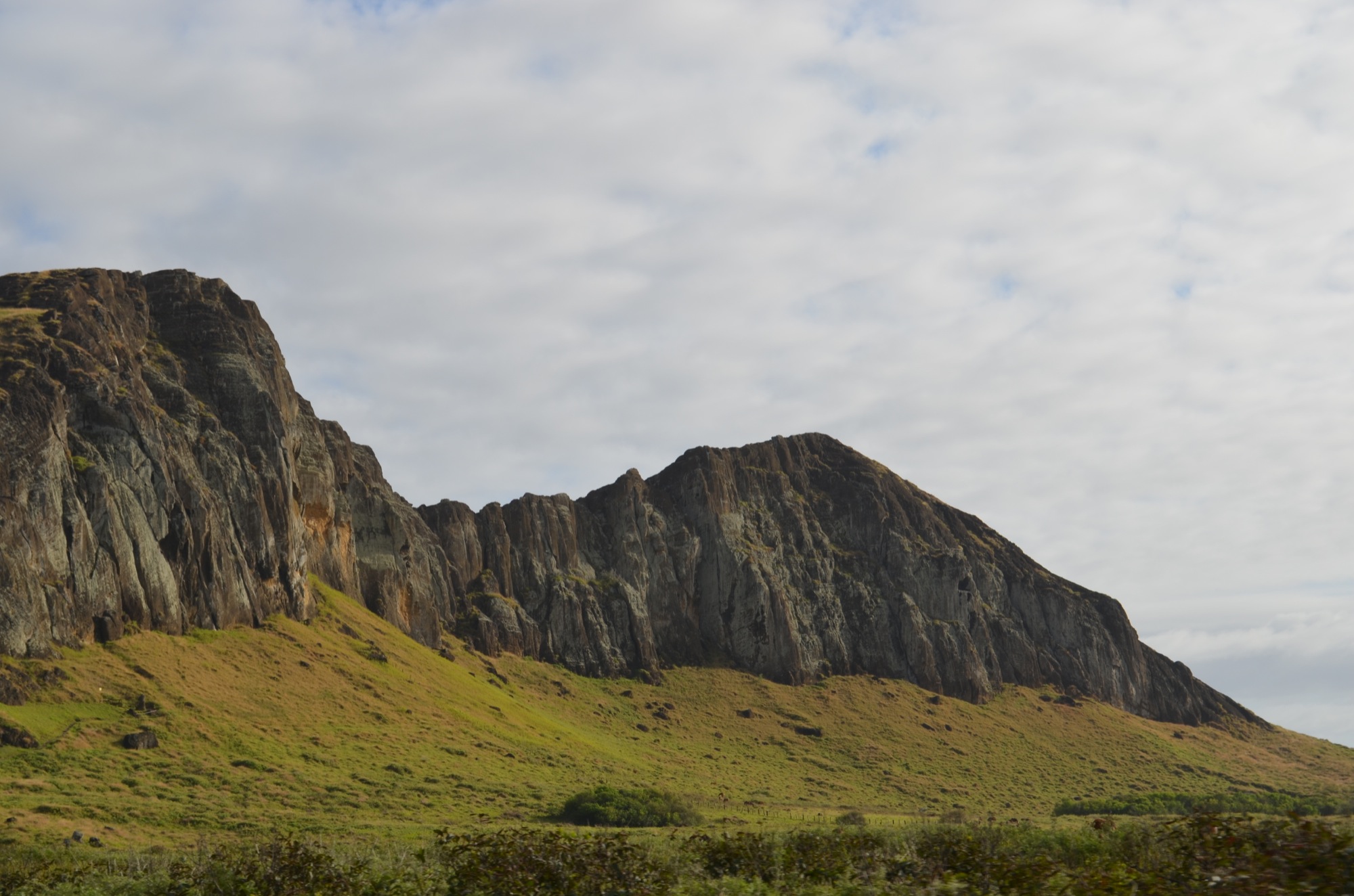
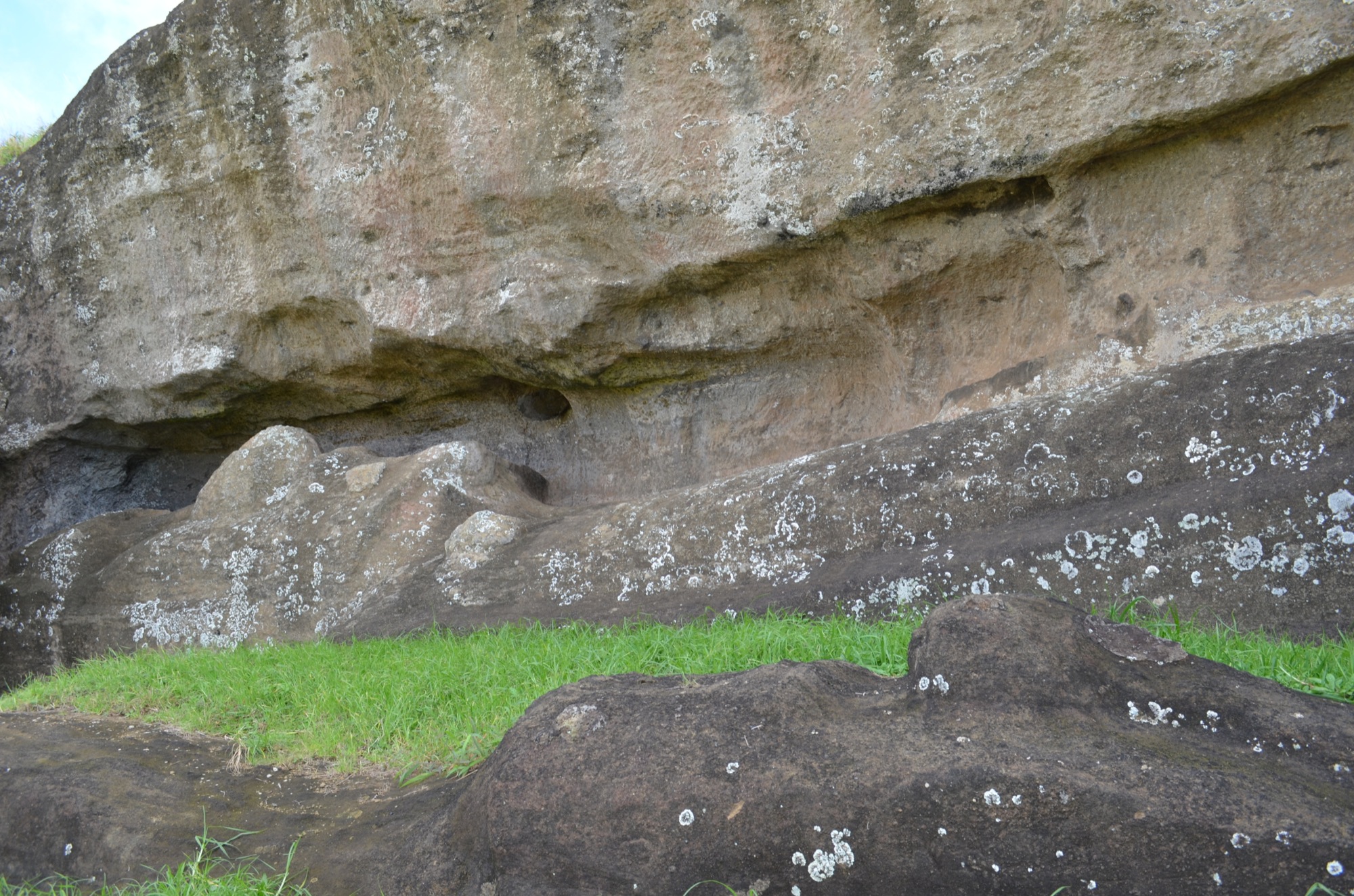
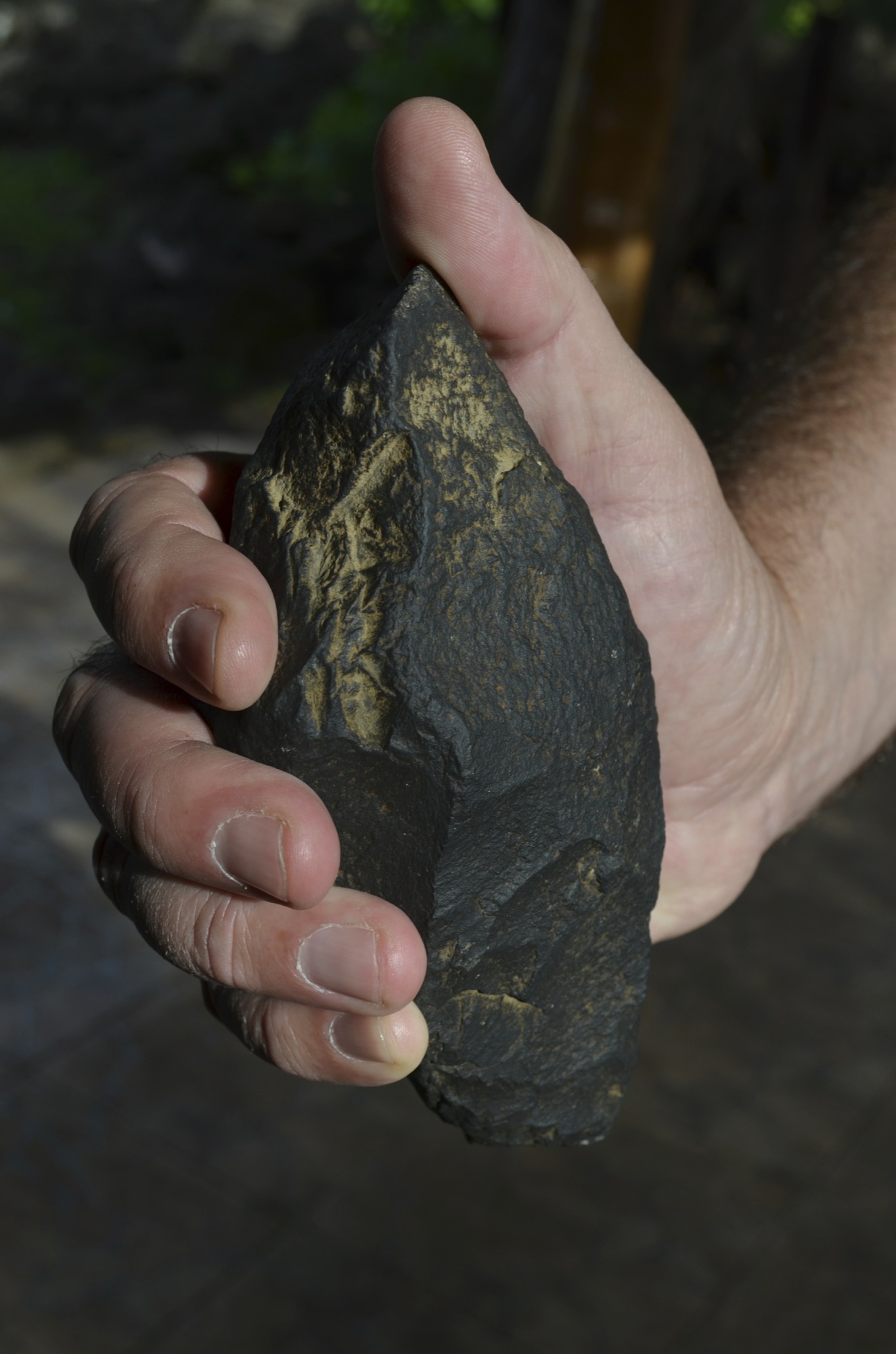
As we wandered through the trails surrounding the Rano Raraku quarry, we were amazed by the number and the size of the moai. These statues were carved by teams of 5 or 6 men and each one took about a year to complete. They were then hauled out of the quarry and placed on platforms called ahu located at various places around the island. The average moai is about 13 feet tall and weighs almost 14 tons.
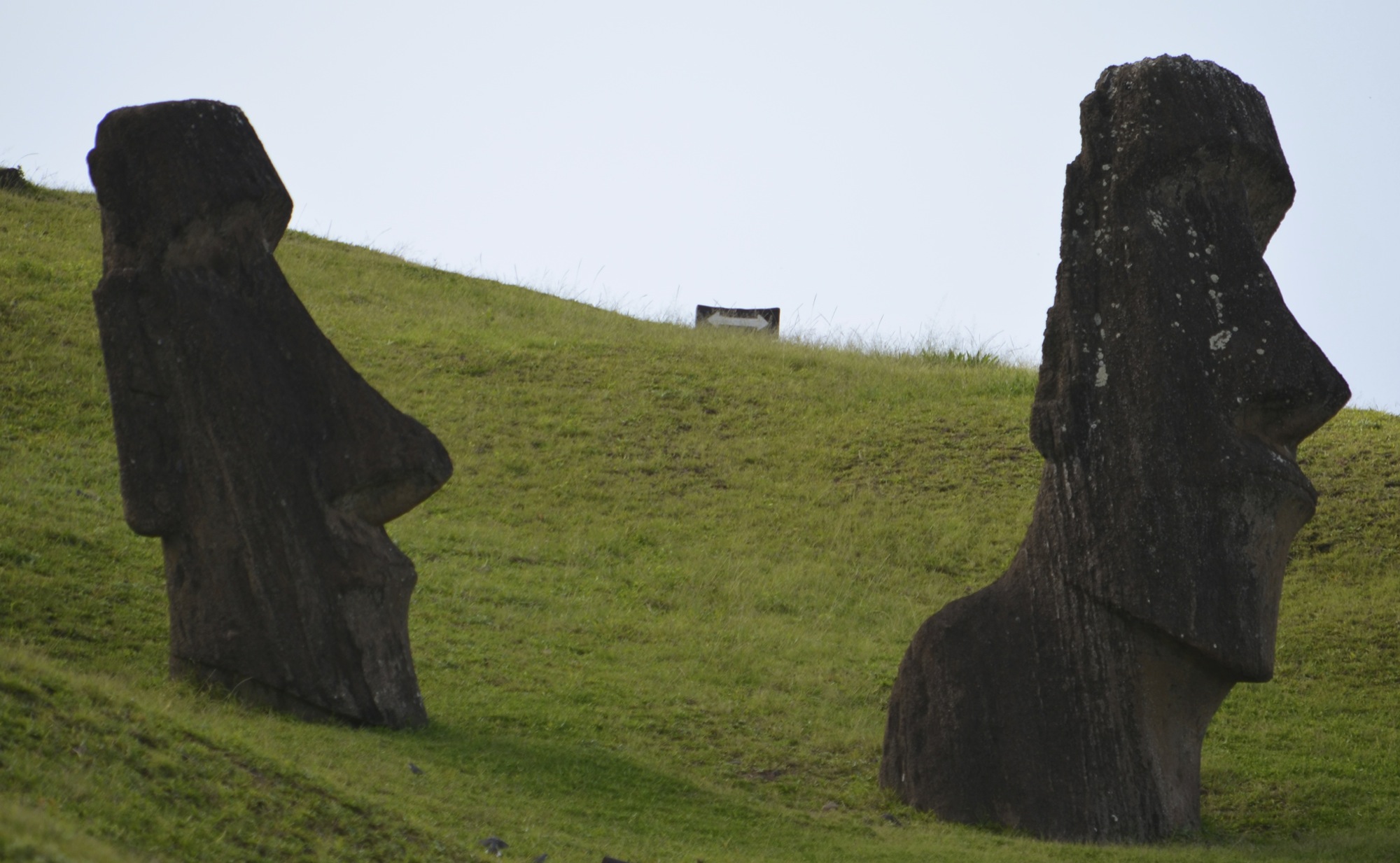
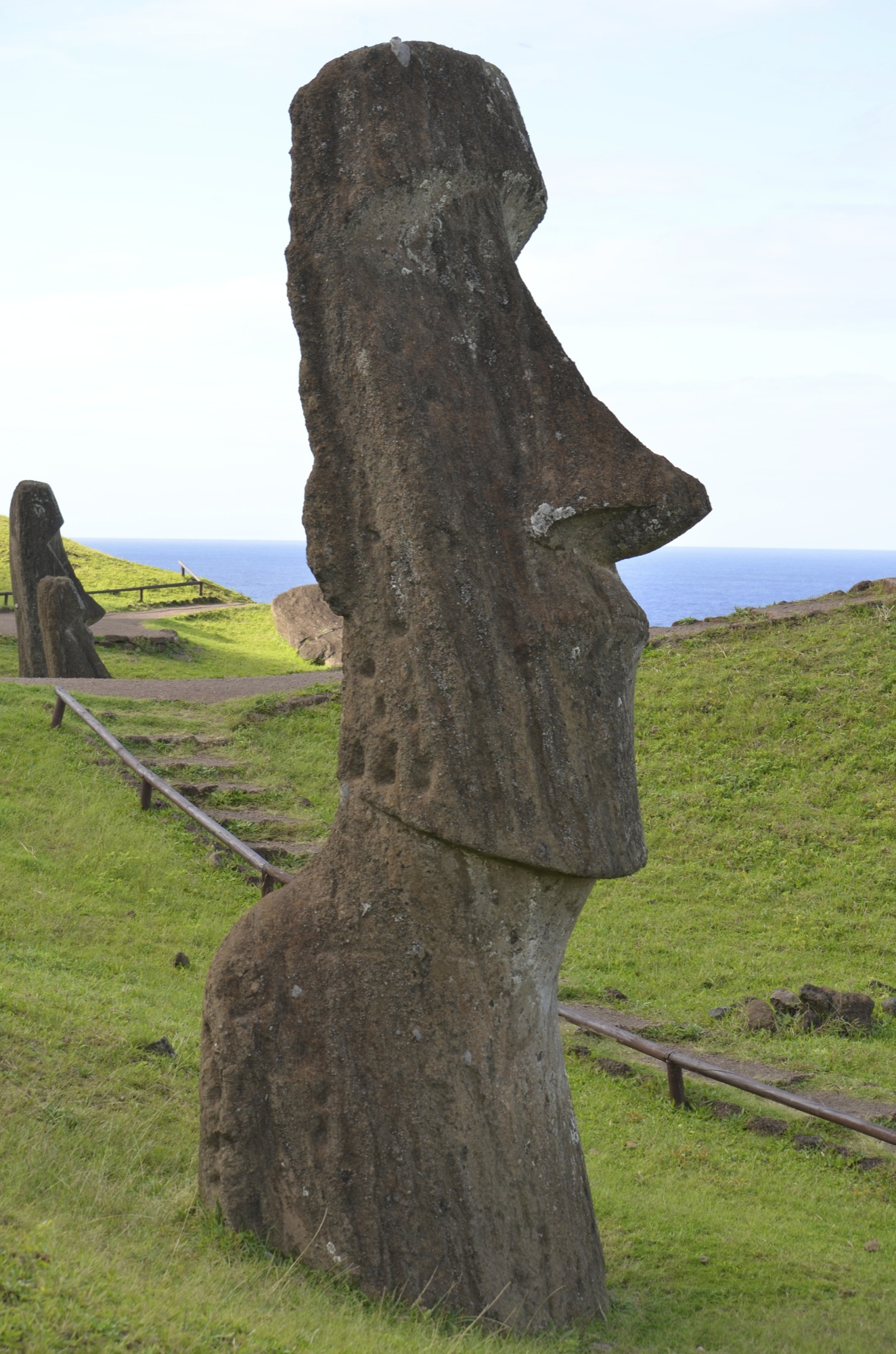
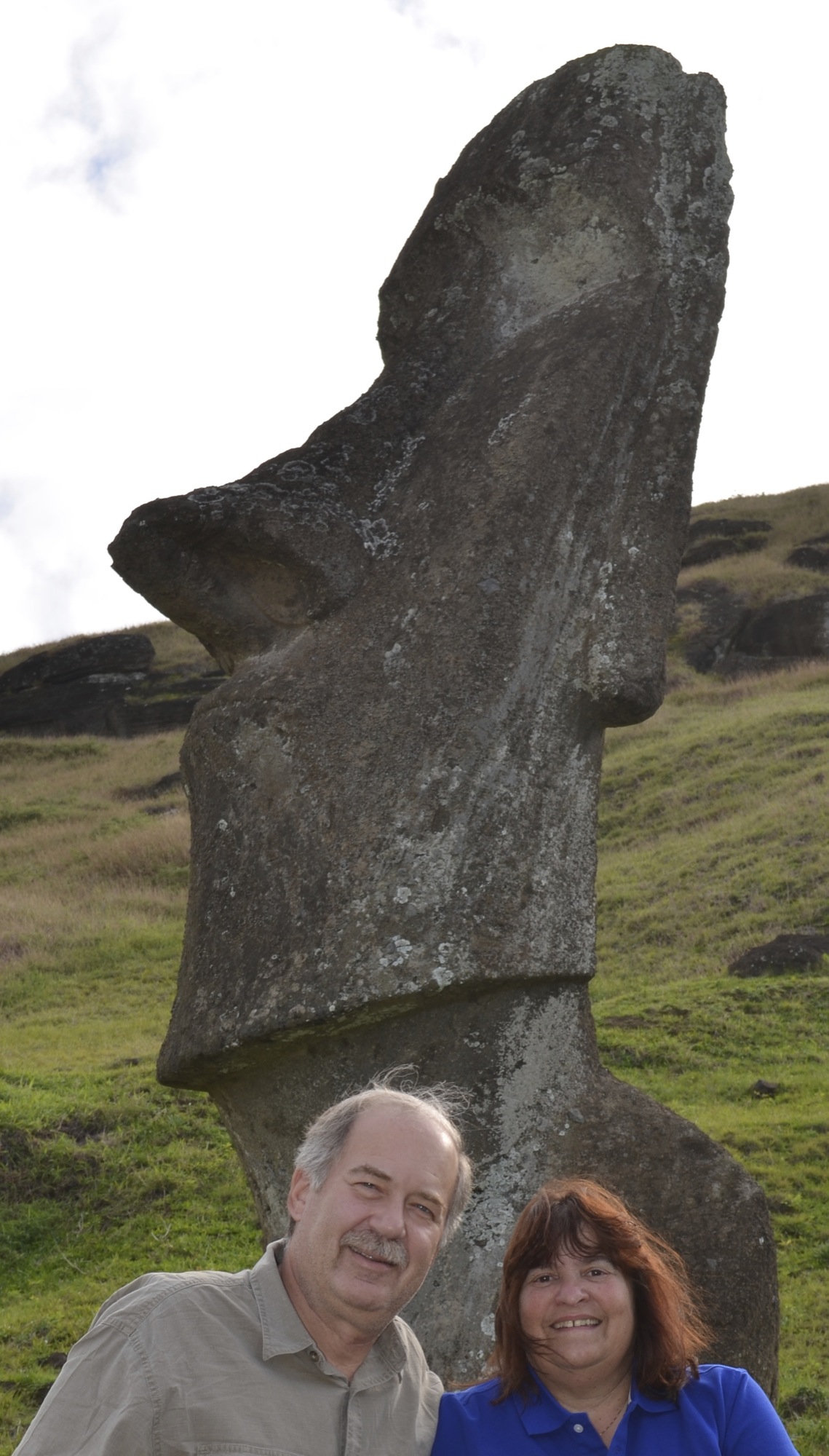
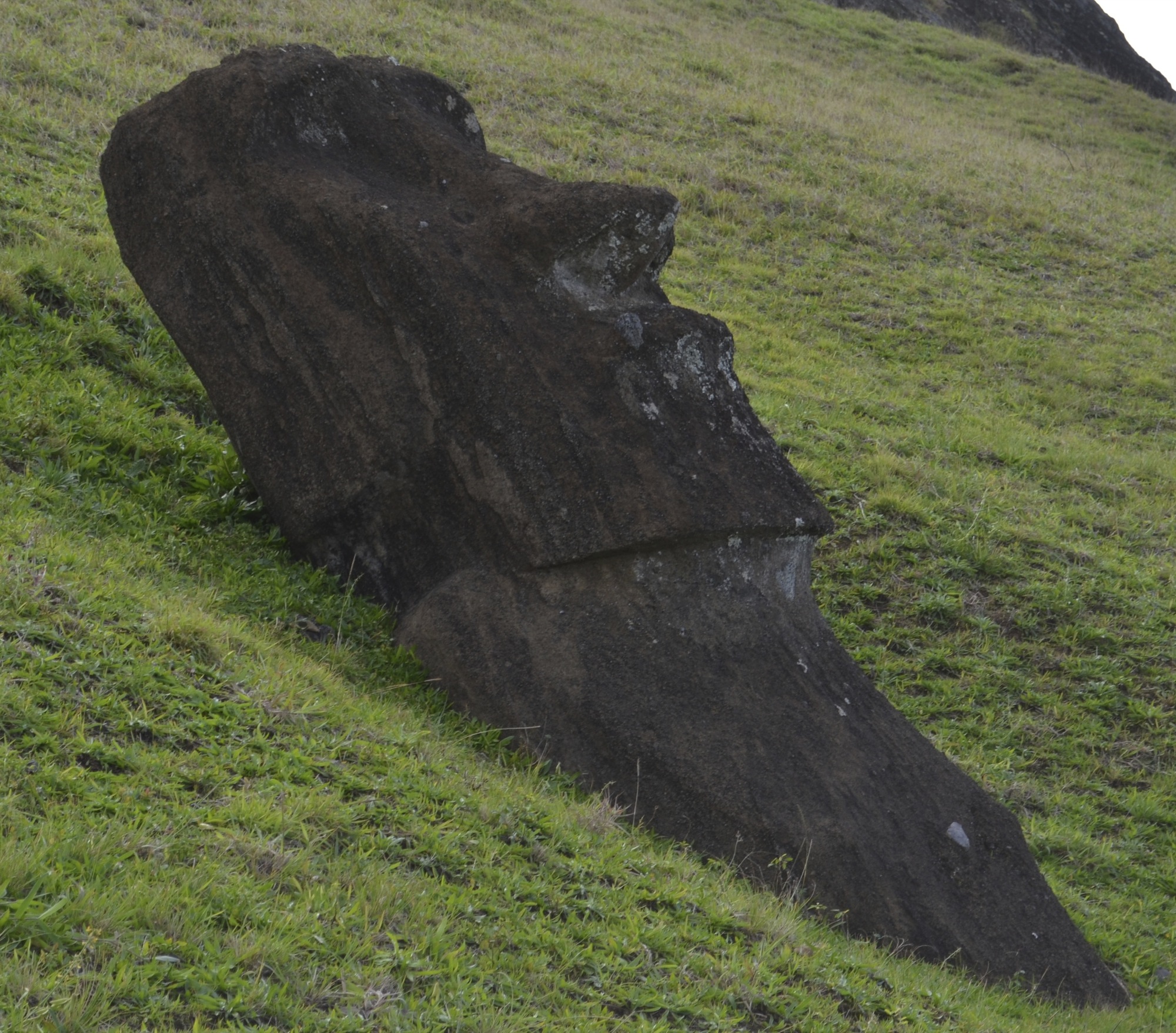
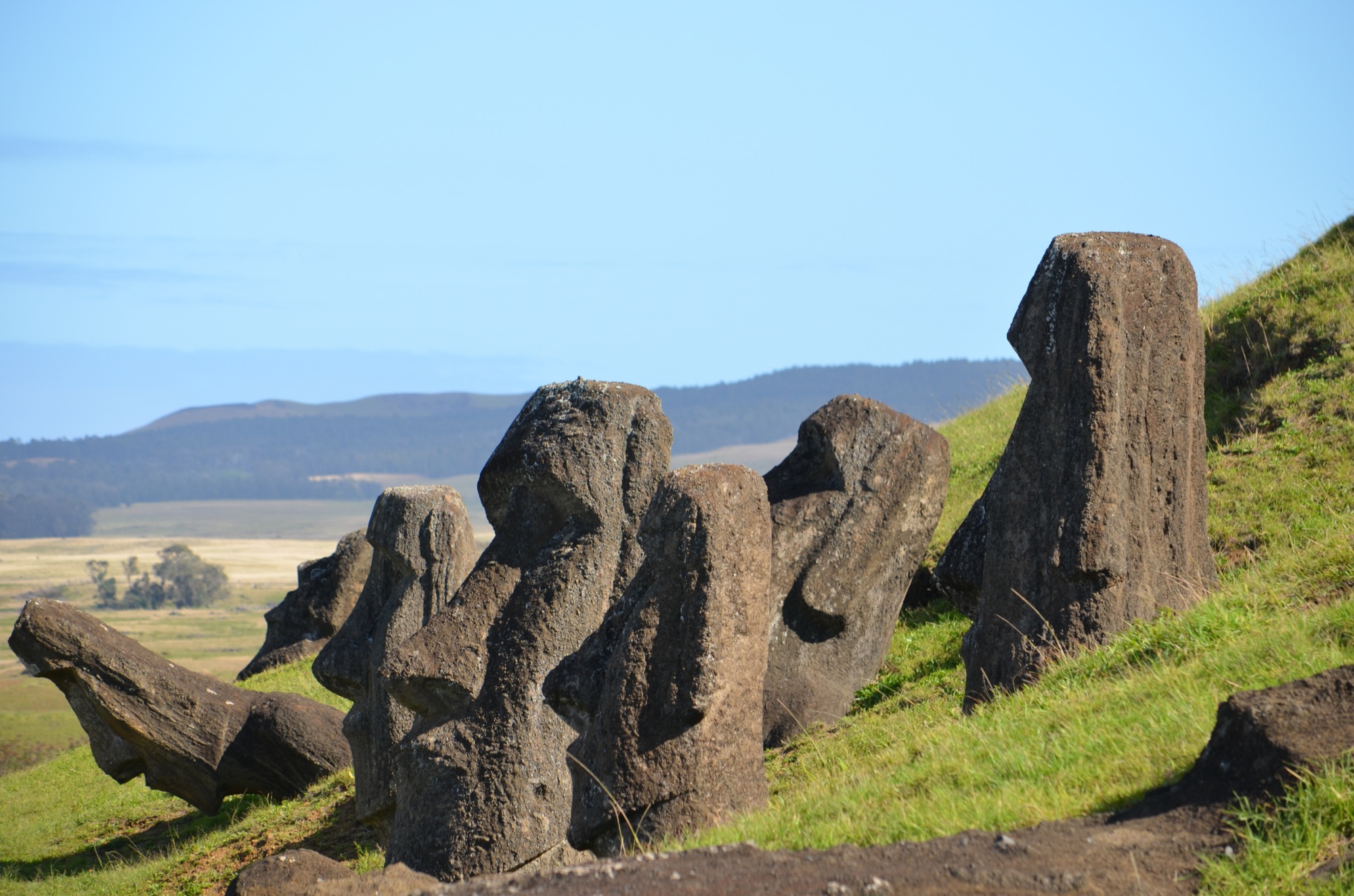
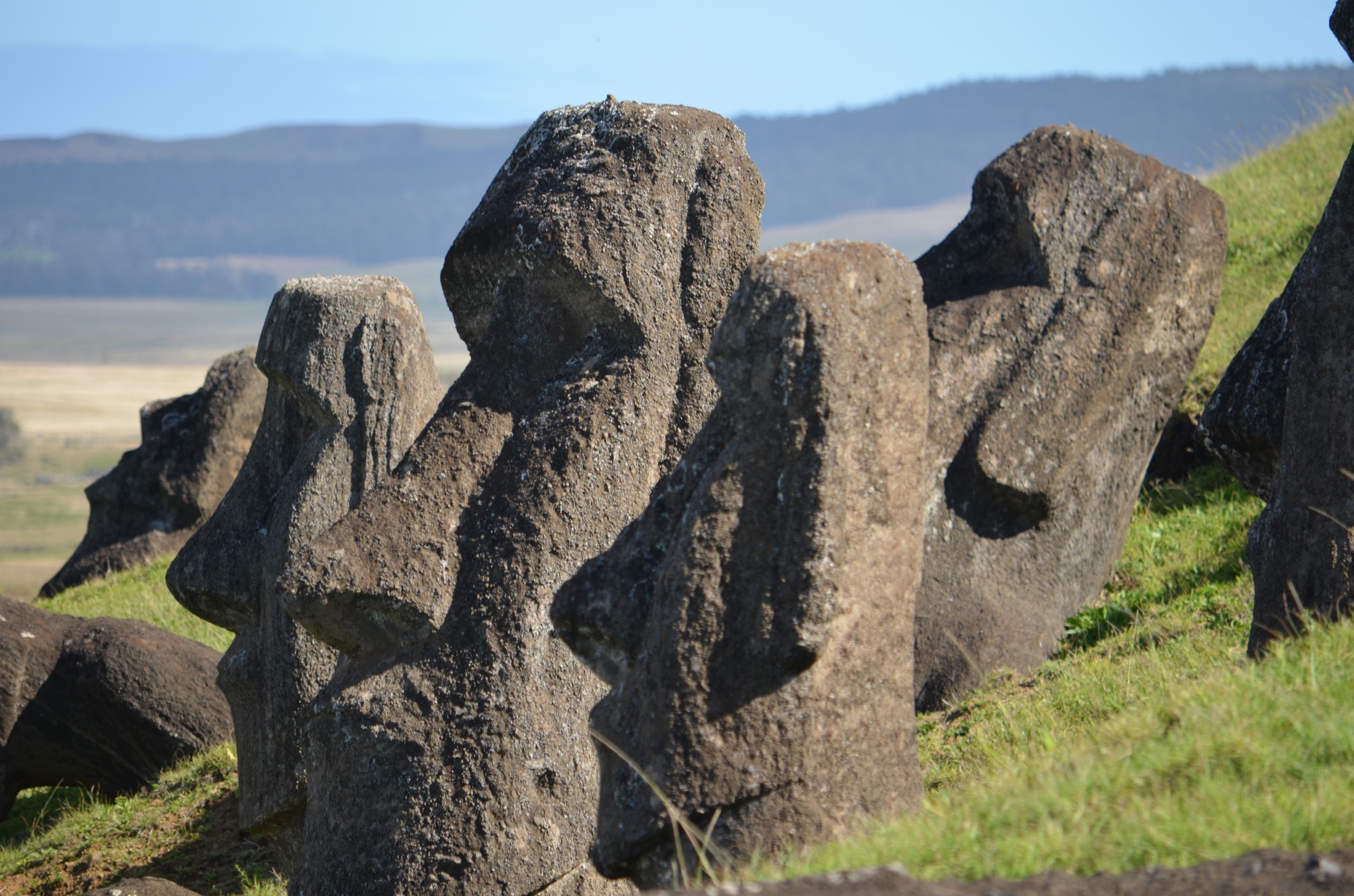
Tukuturi is the only moai known to be made in a kneeling position. It also has a beard, which is not typical of the other moai. In addition, it is made from red scoria rock rather than tuff, or compressed volcanic ash.

We enjoyed wandering along the trail and exploring all of the different moai statues.
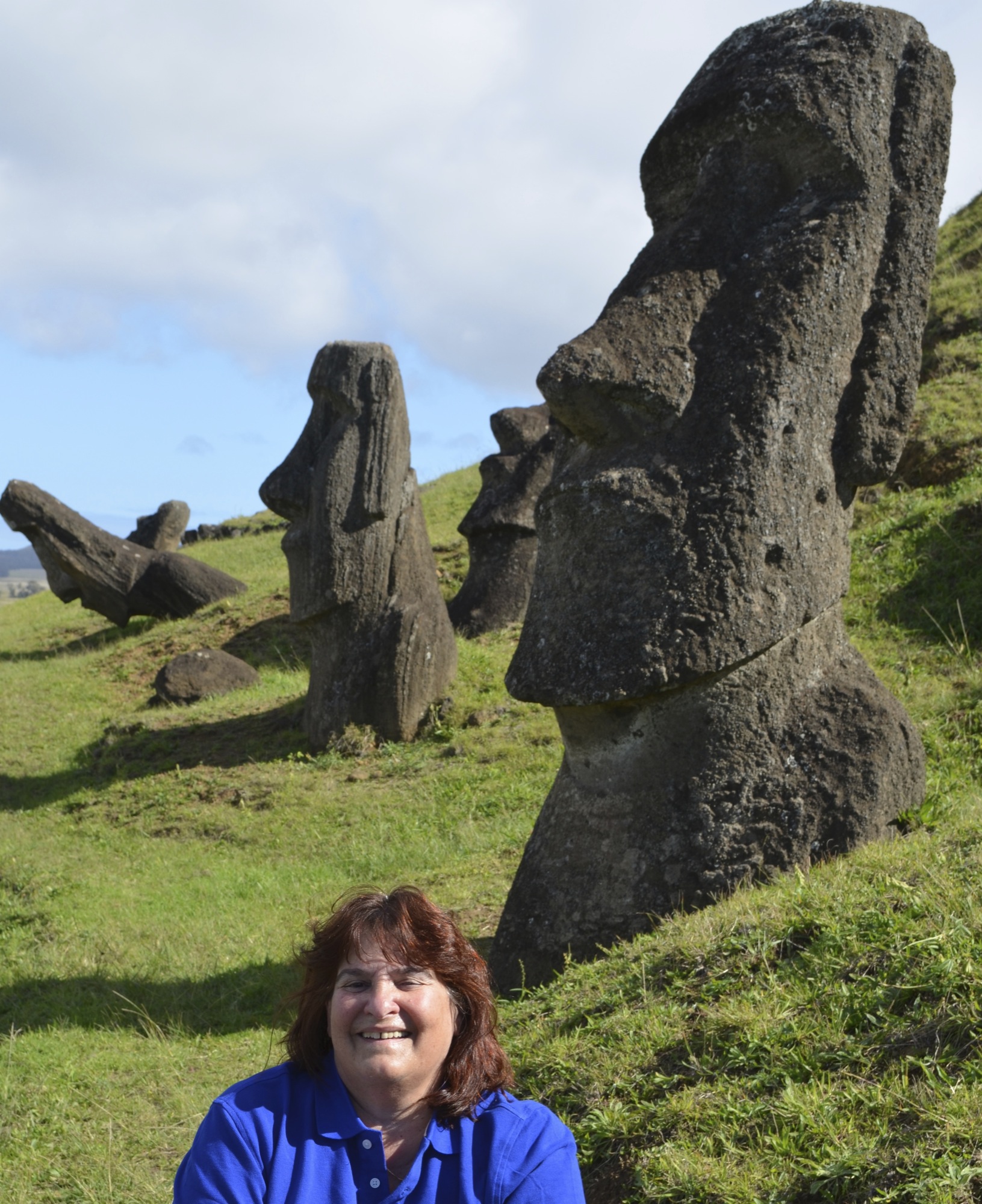




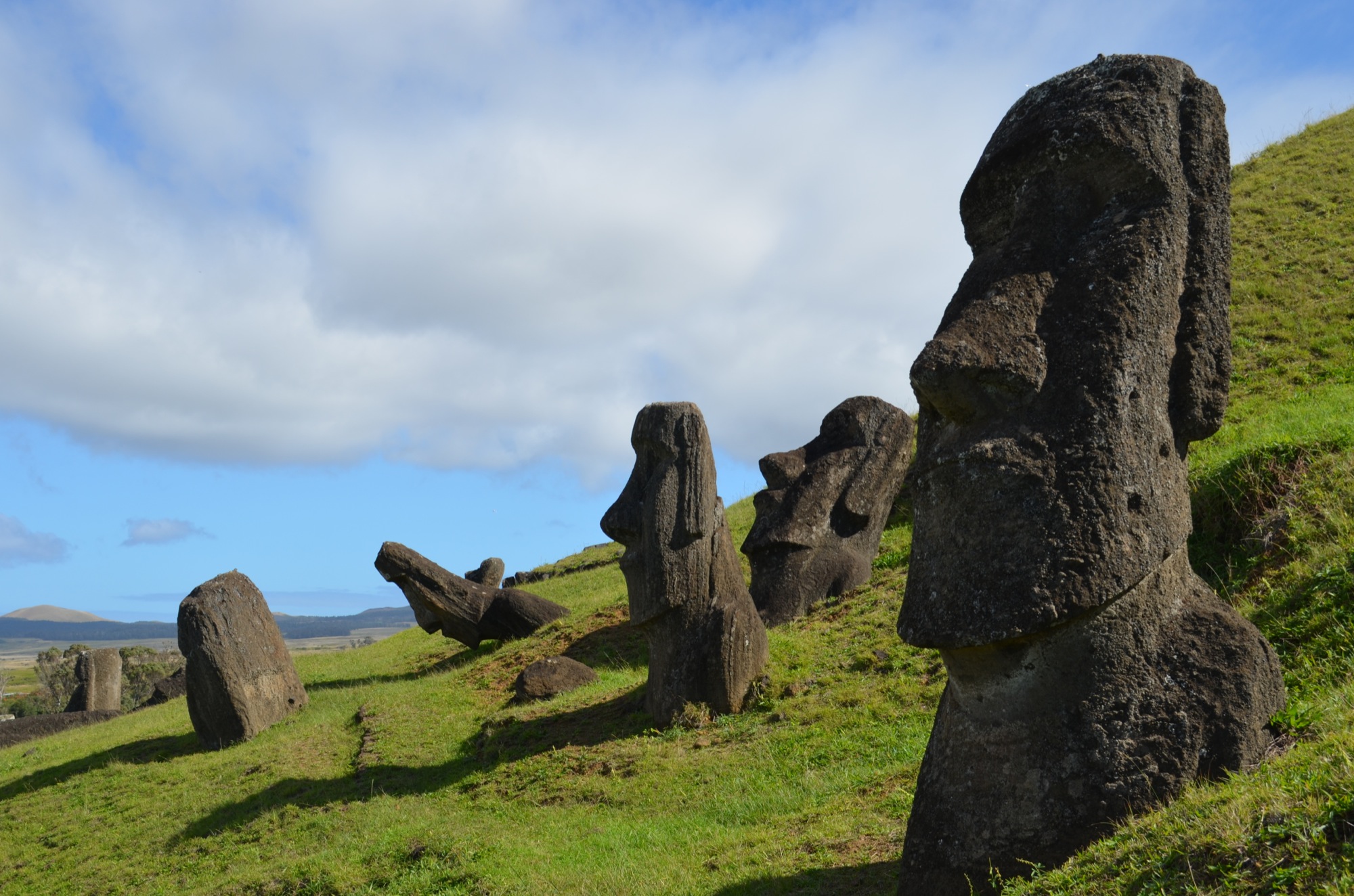
The crater lake at Rano Raraku is one of three fresh water lakes on the island. It is formed in the caldera formed from the collapsed volcanic crater. Many moai dotted the hills near the lake and there were colorful coral trees and abundant totora reeds.

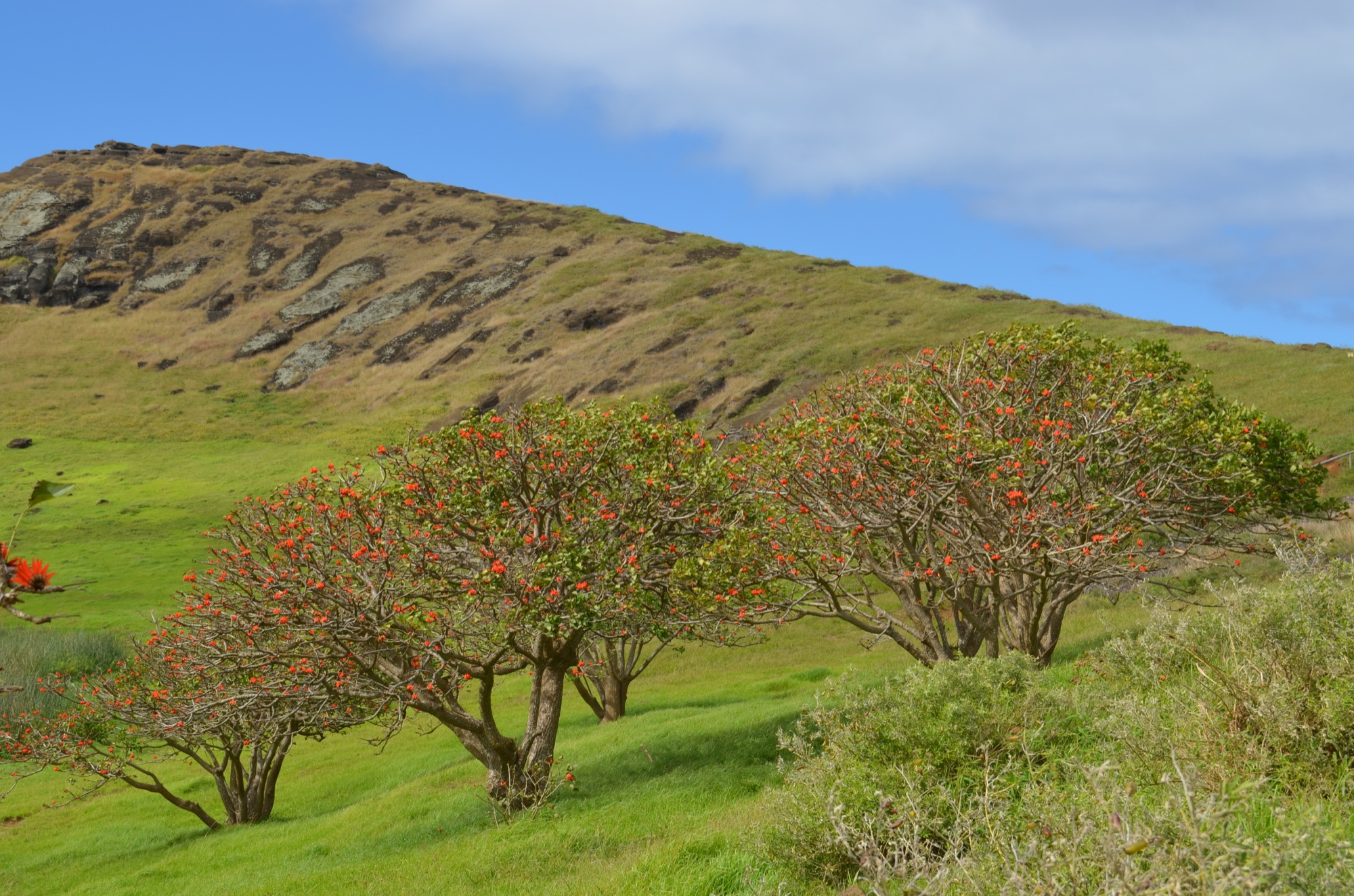
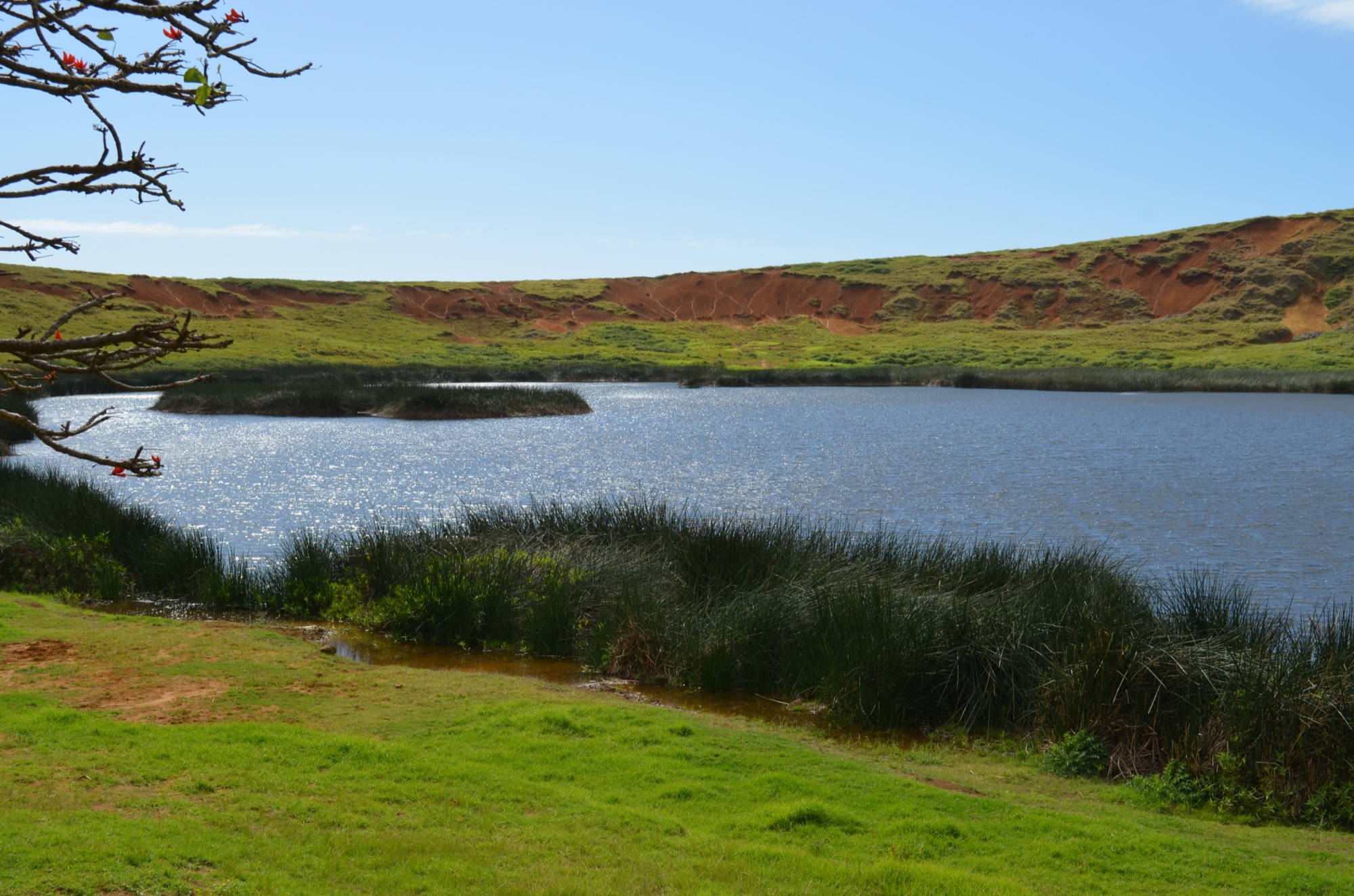
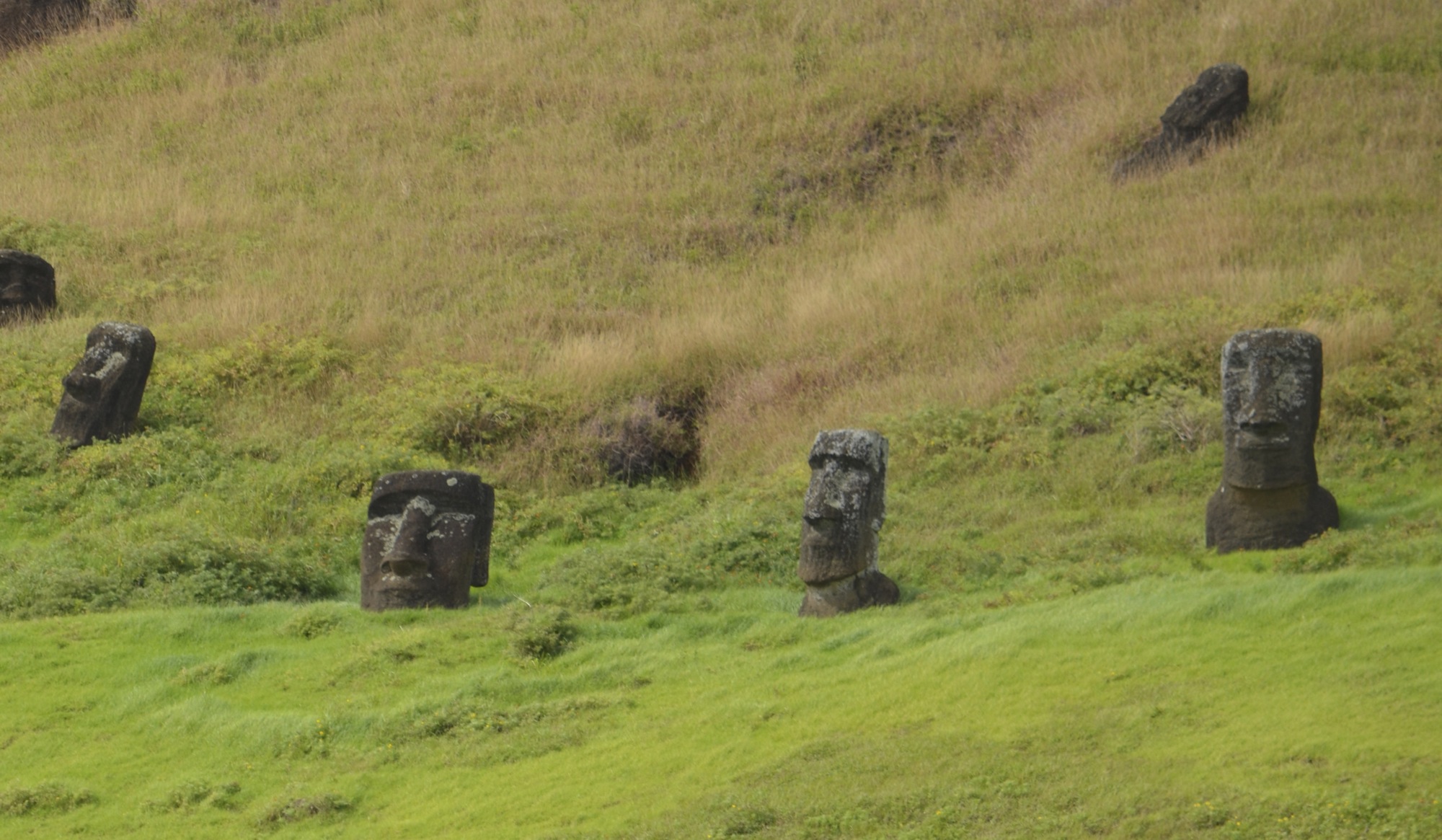
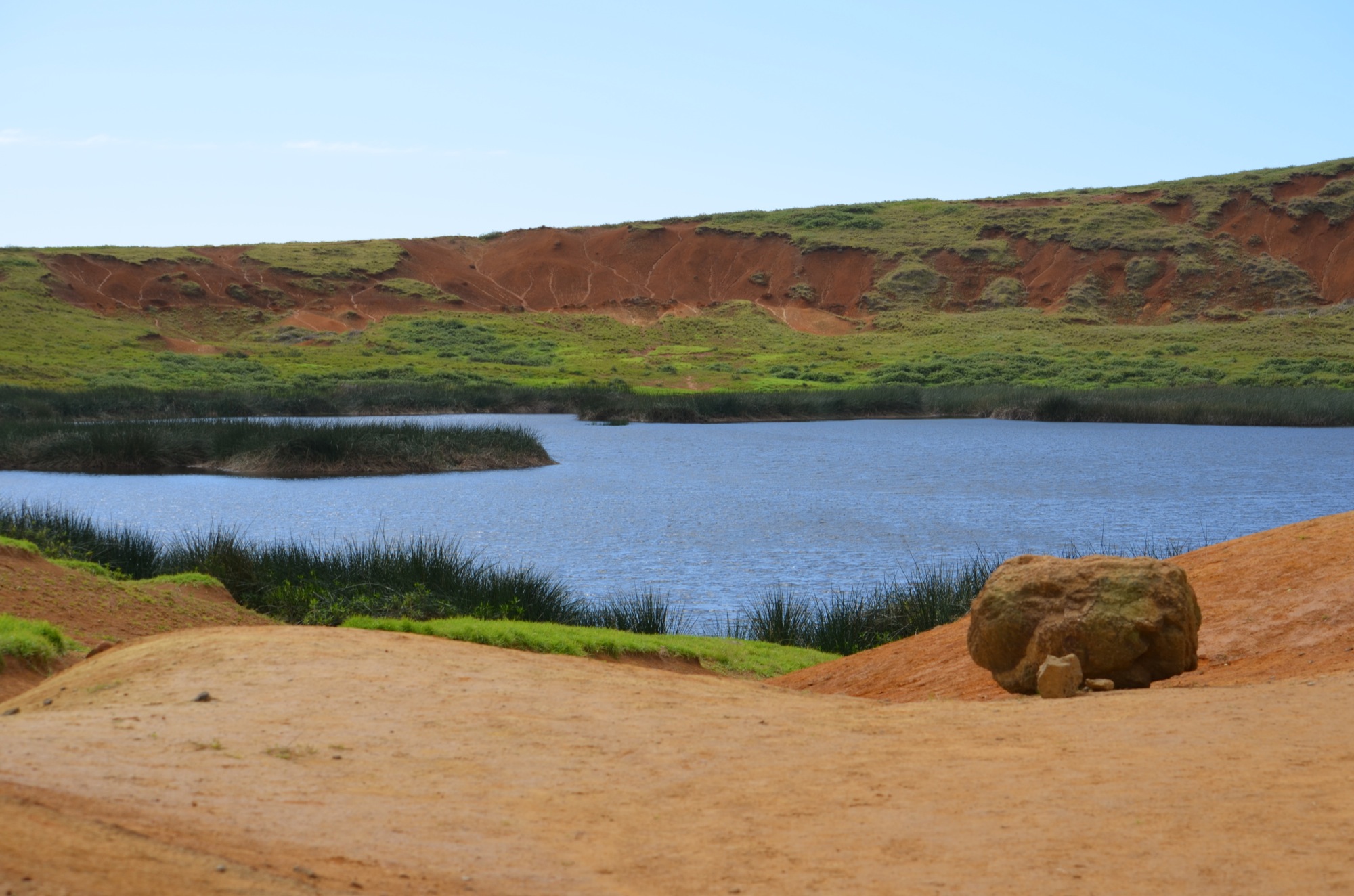
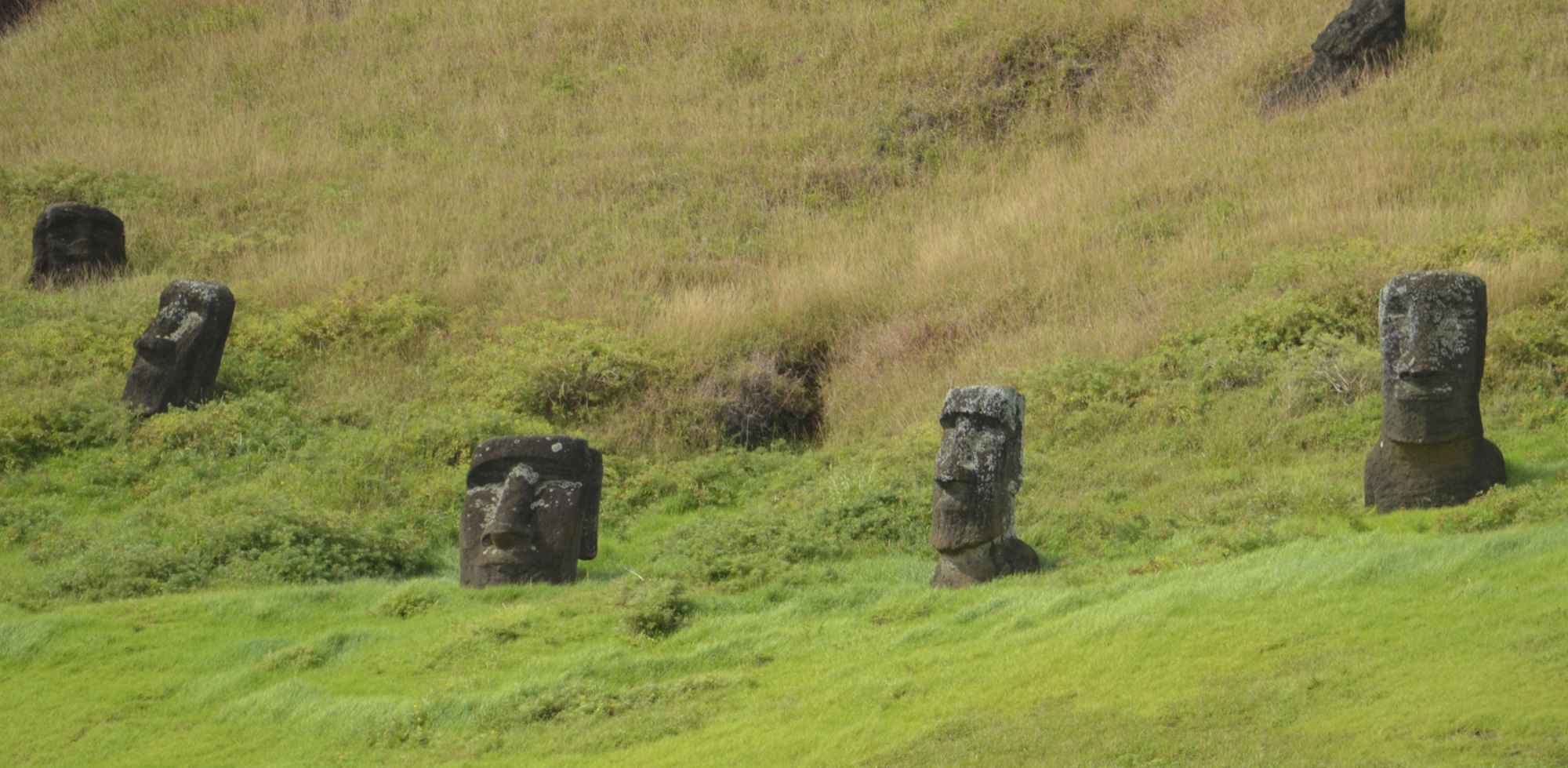
Ahu Tongariki is the largest stone platform on the island. Although the moai that stood there were toppled during a civil war on the island, and later washed more inland by a tsunami, the platform now holds 15 restored statues.
The statues, as in most places on the island, all have their back to the sea and gaze inland to protect the inhabitants of the land. The statues at this location are all looking into the sun on the date of the summer solstice.
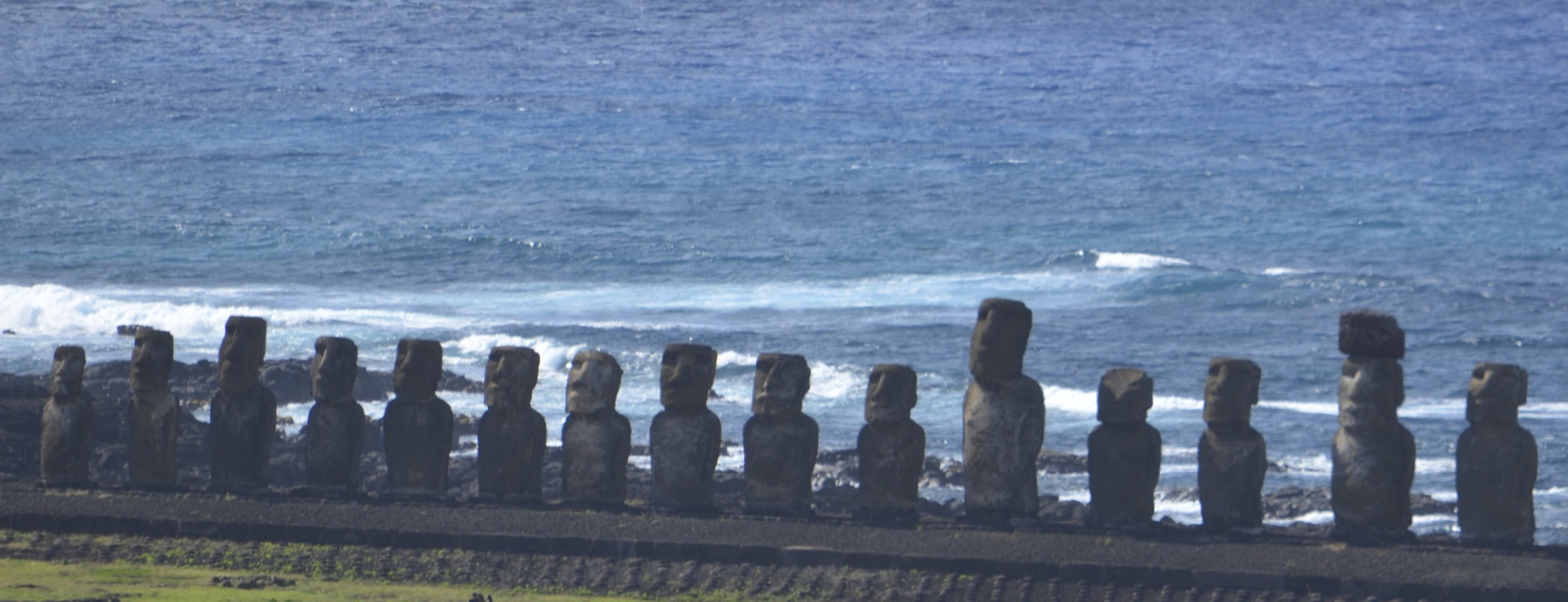
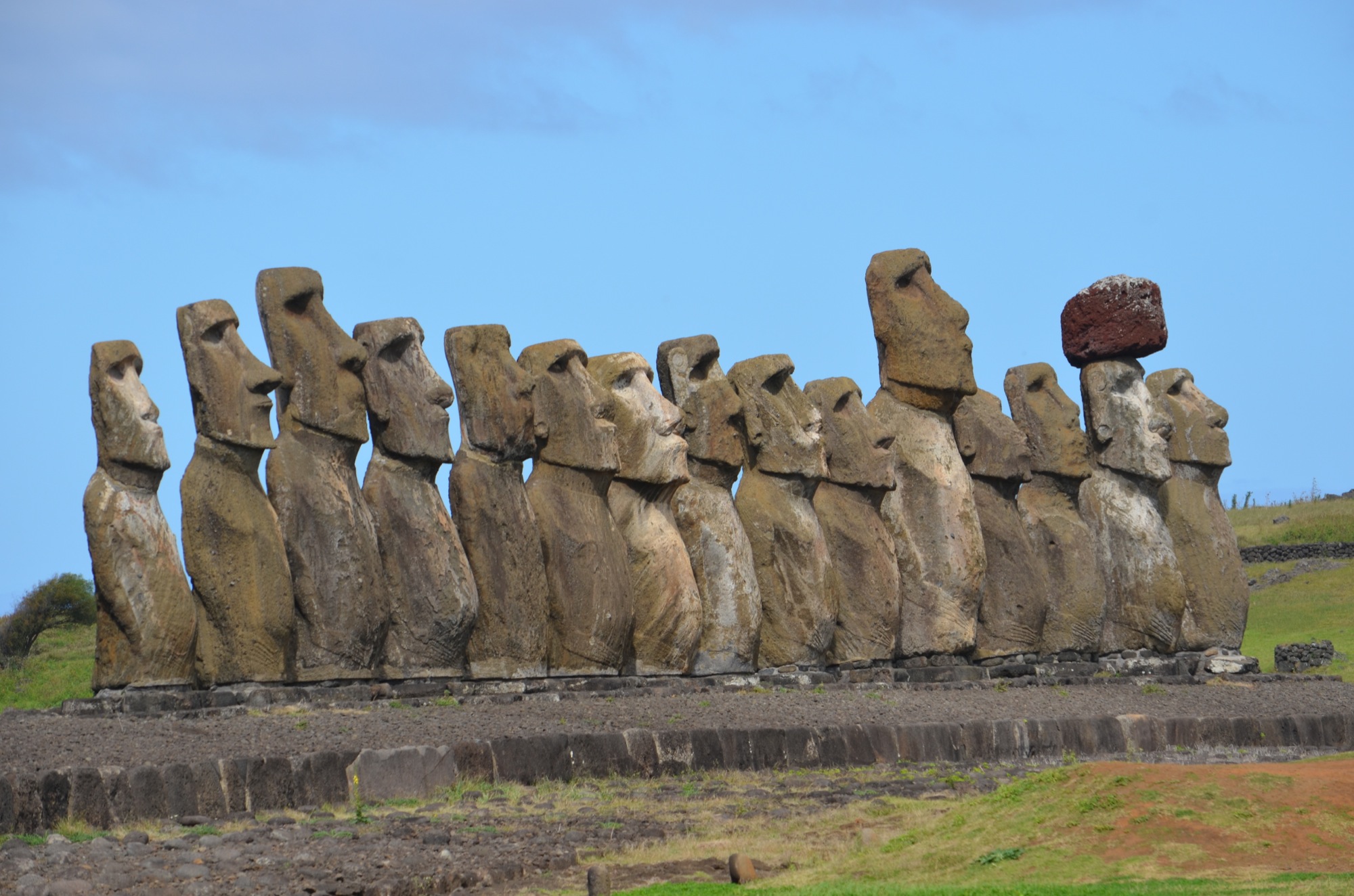
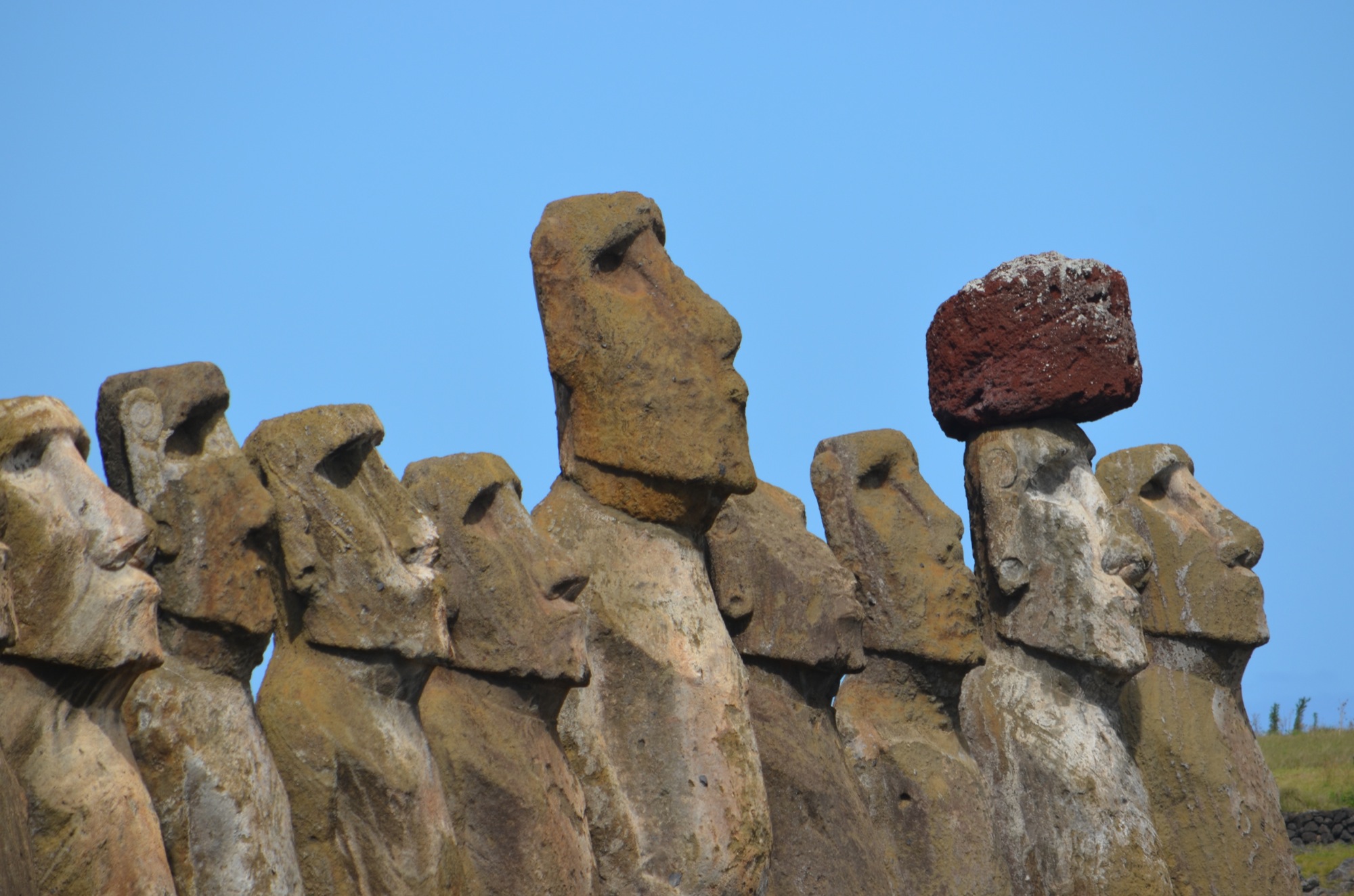
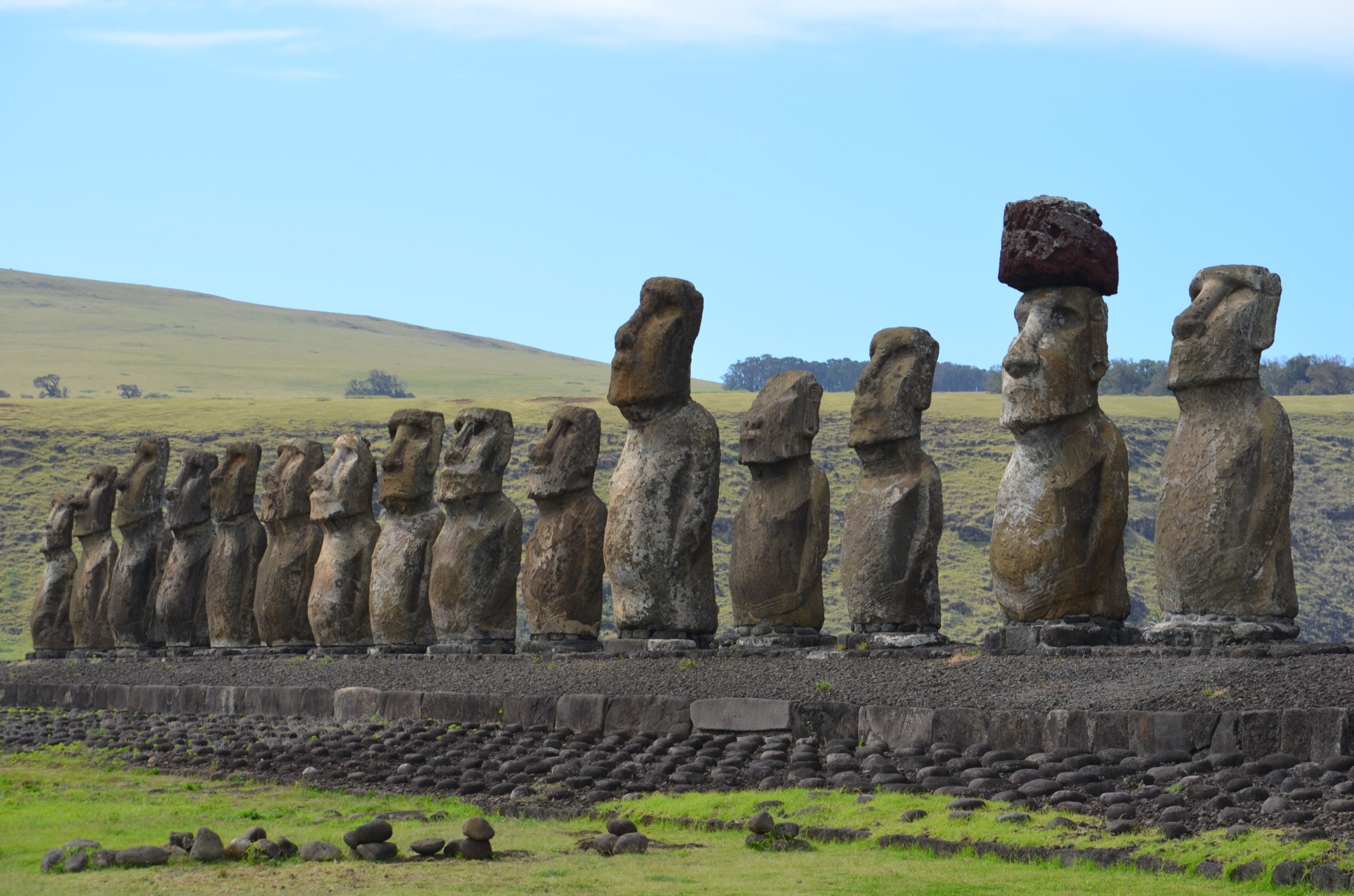
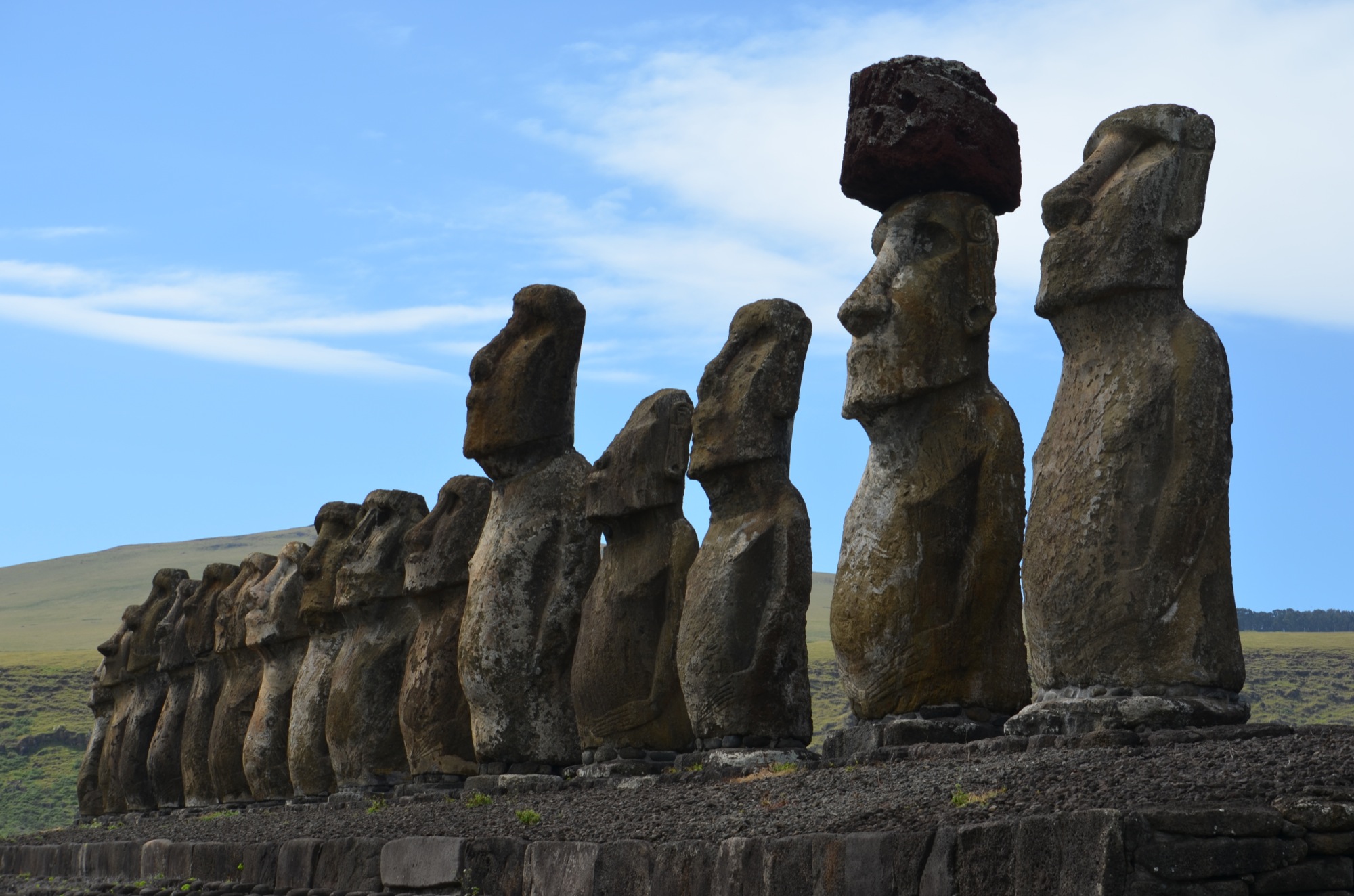
Never met a moai we didn't like...
